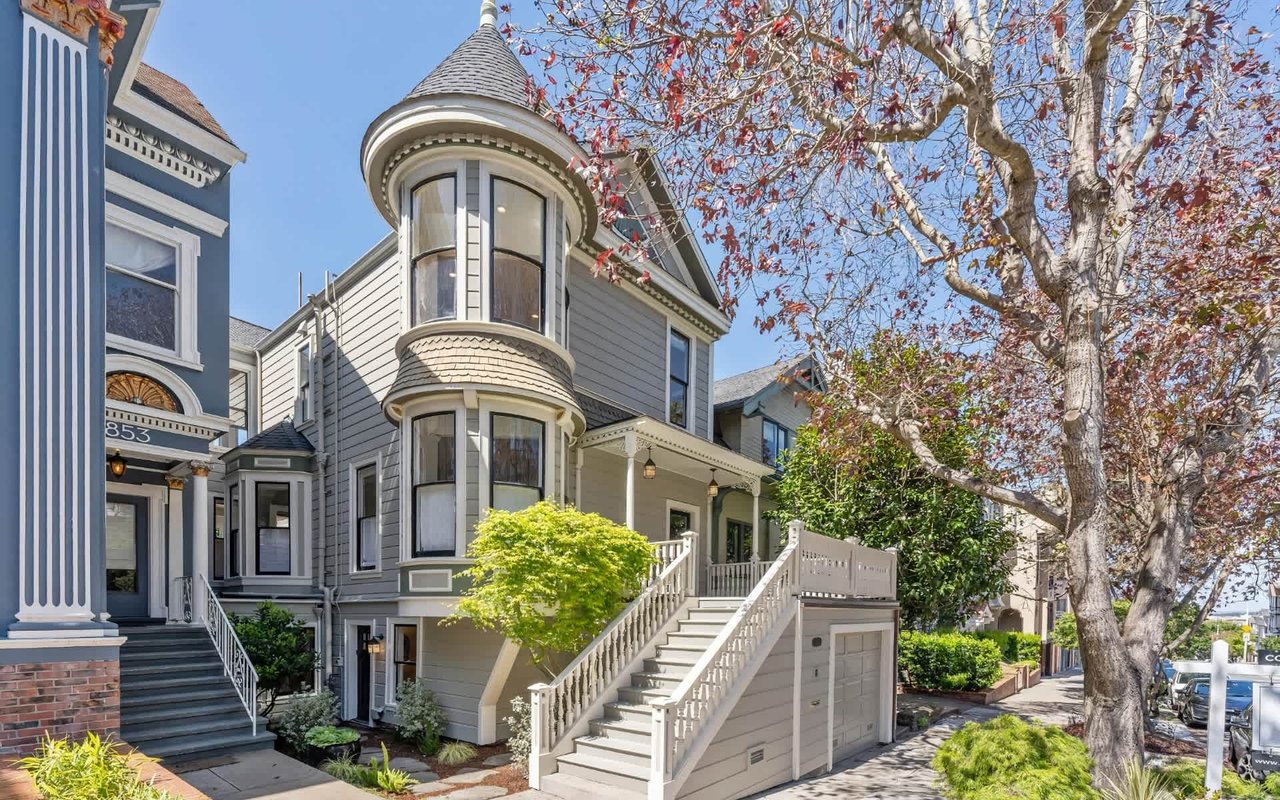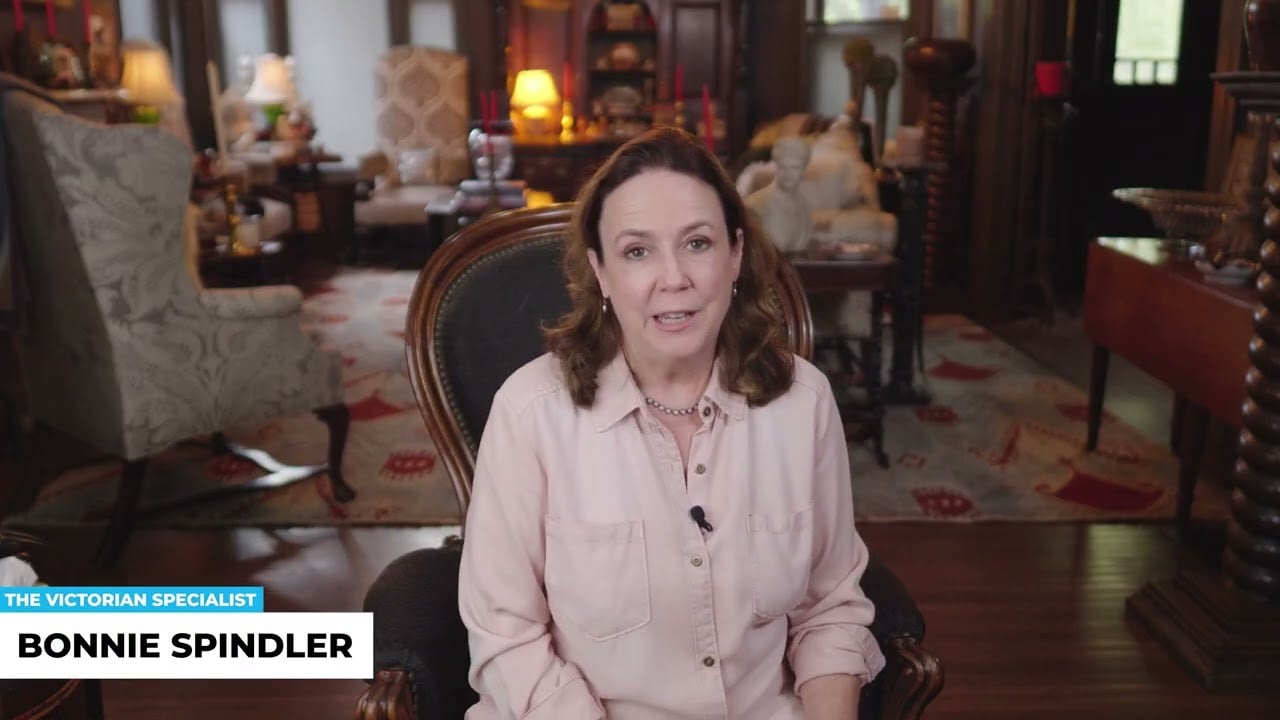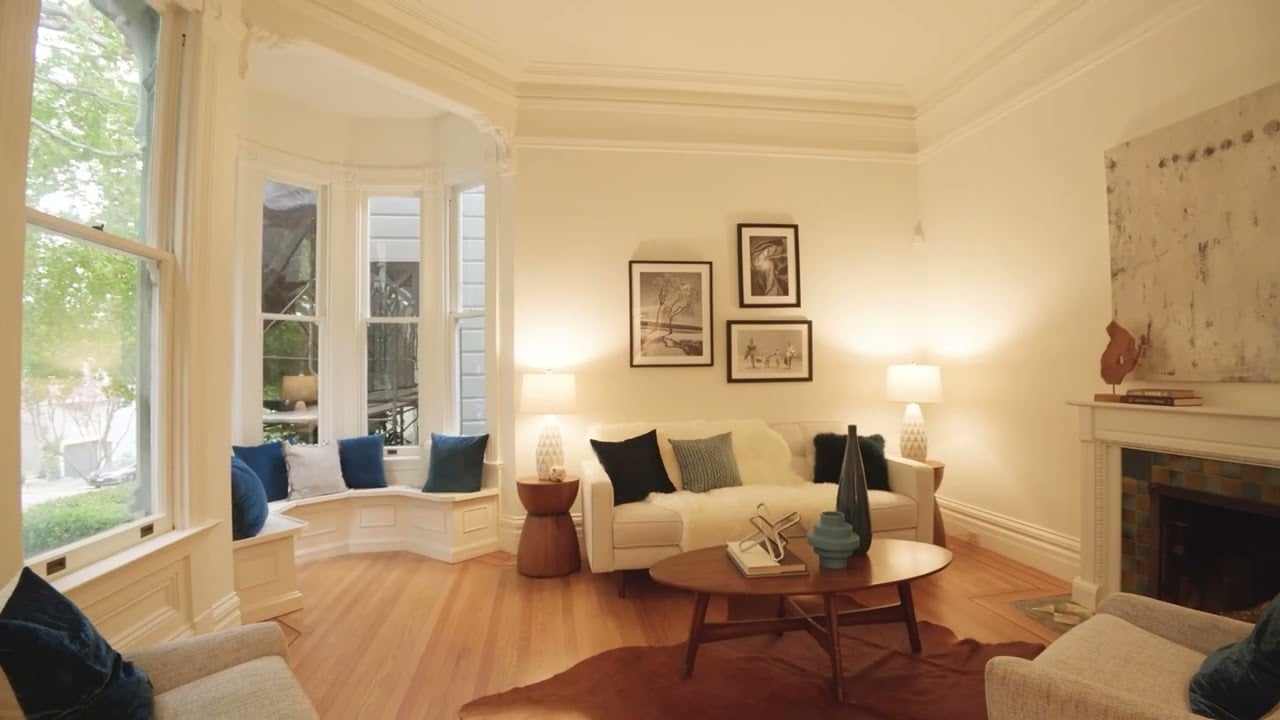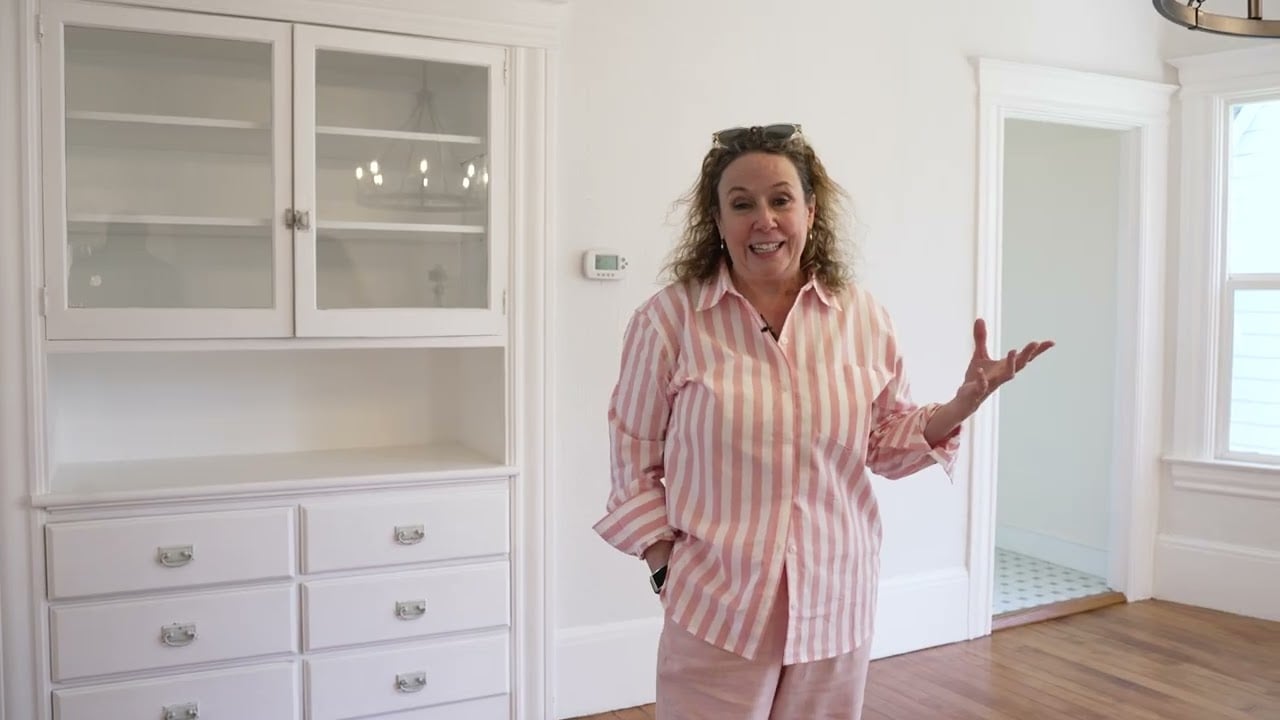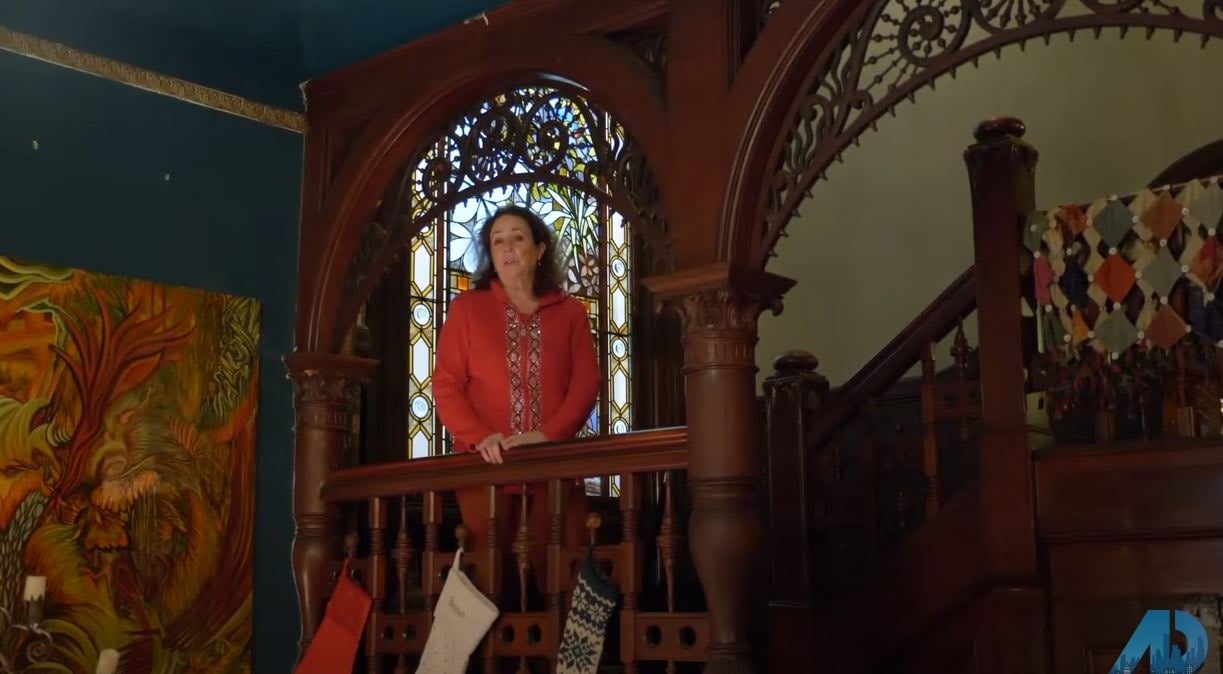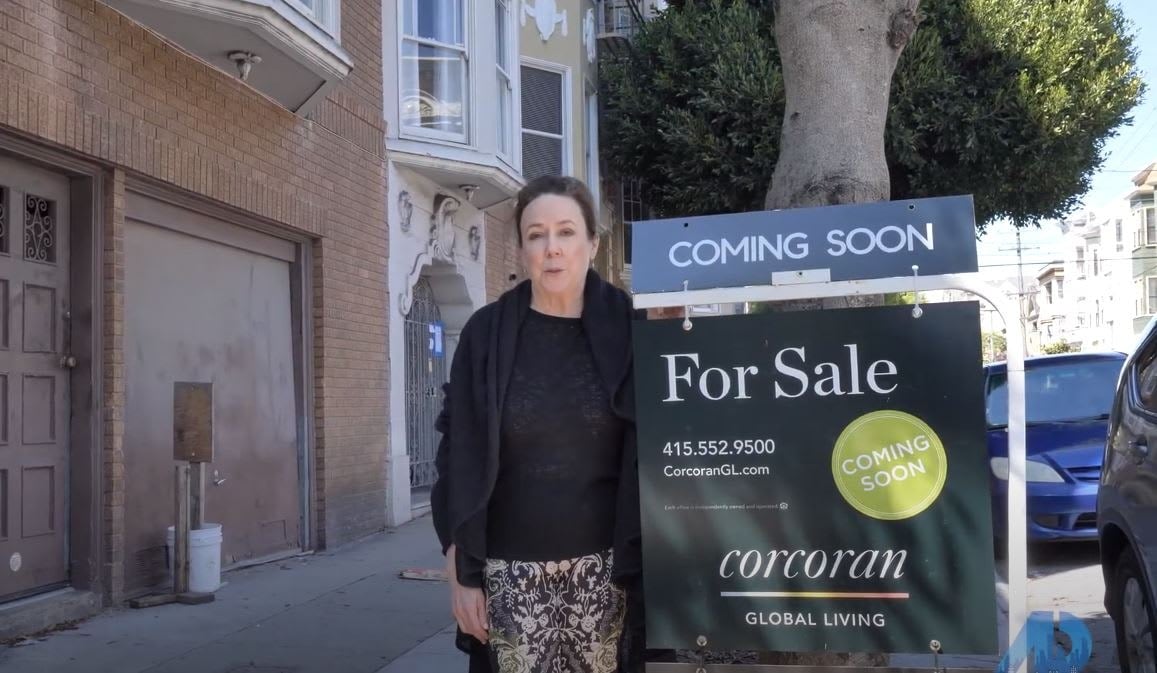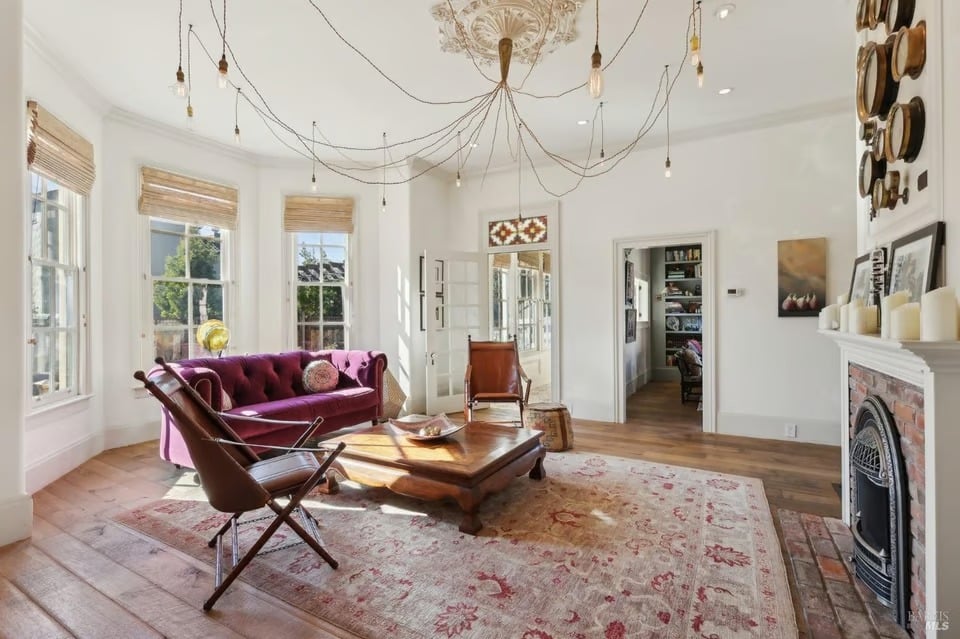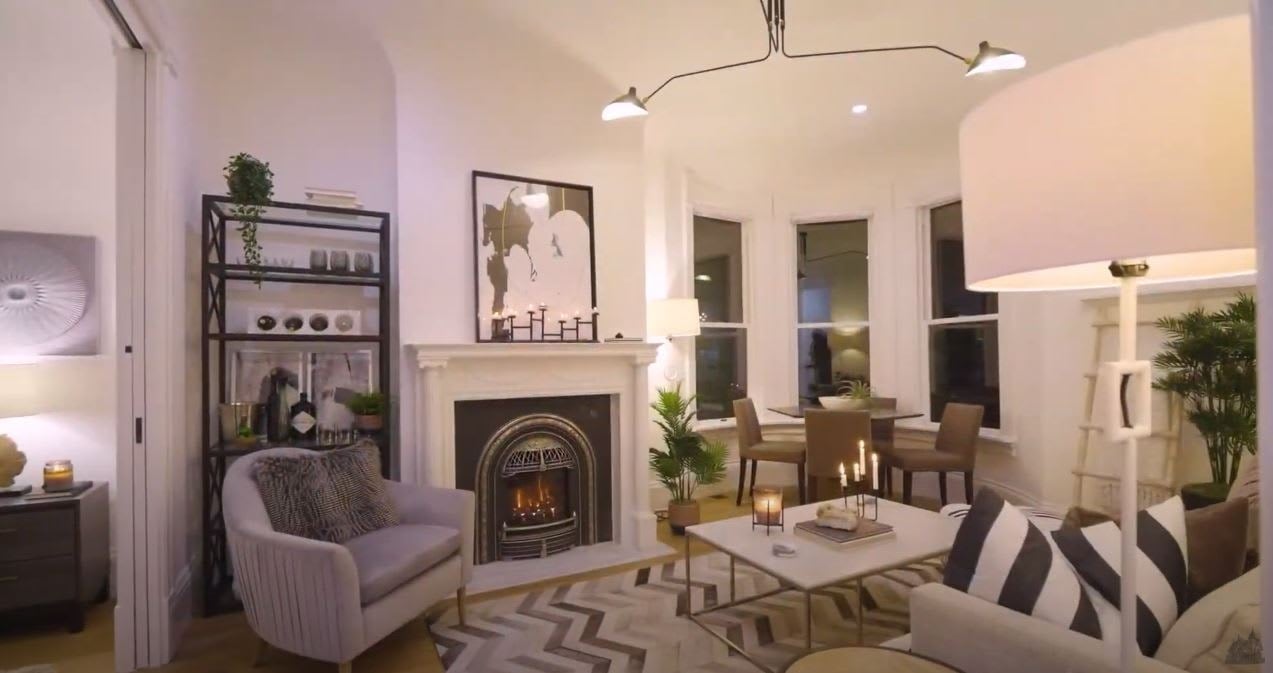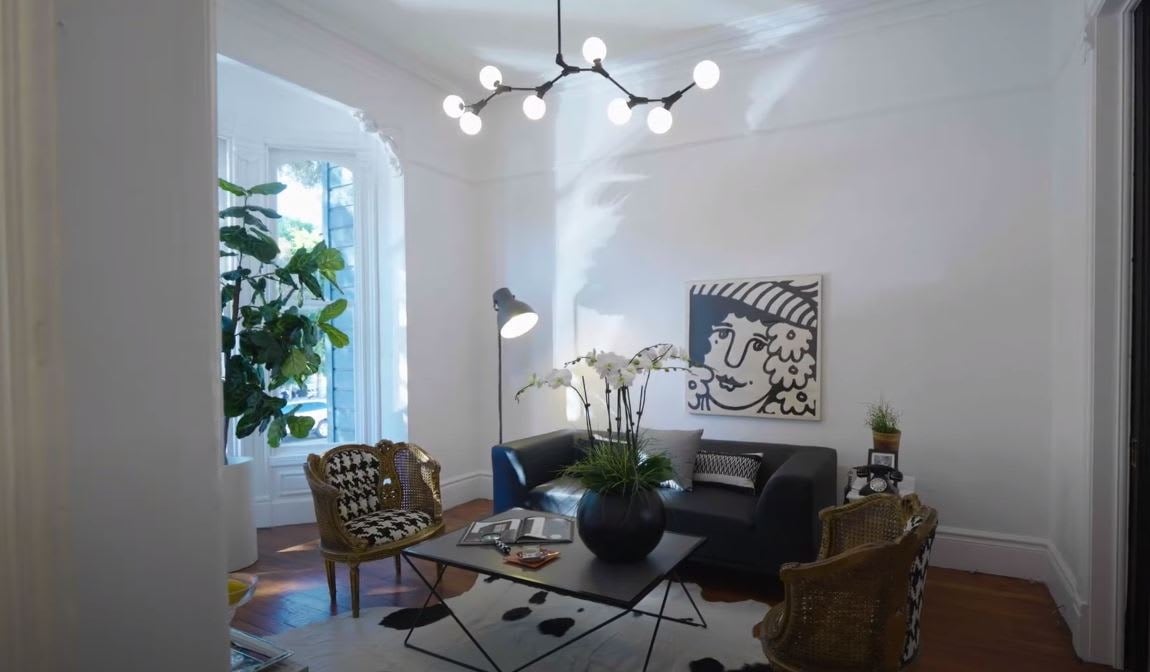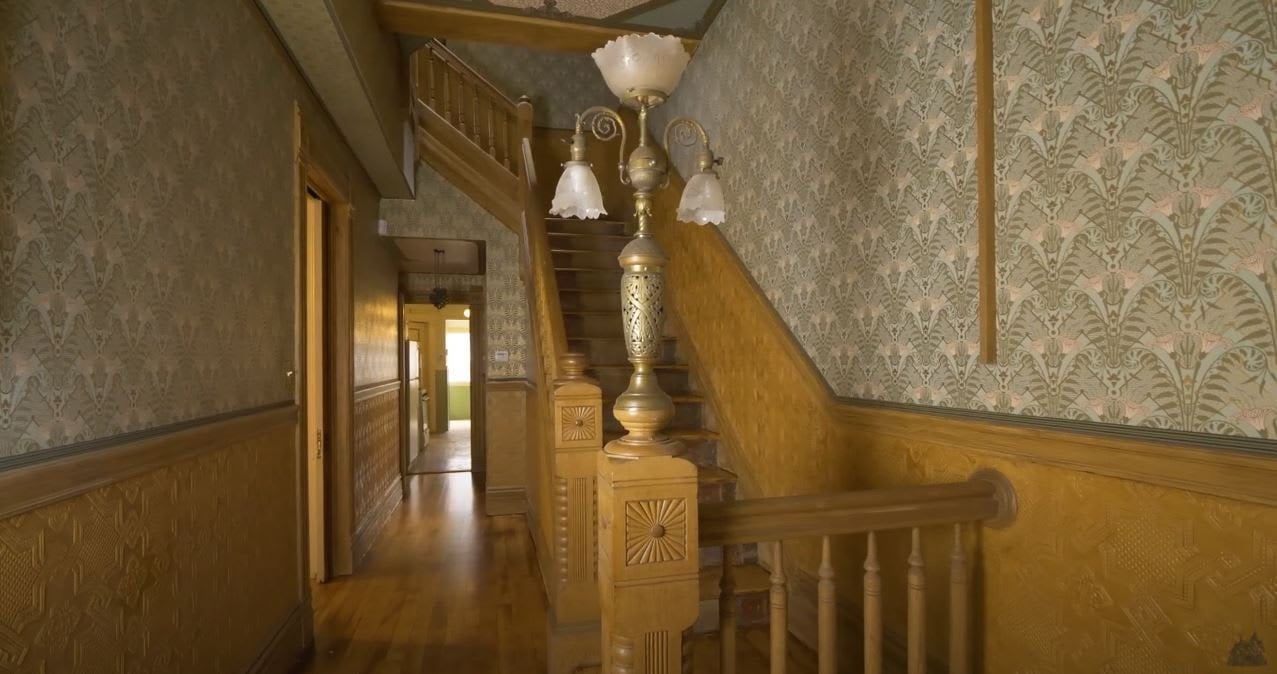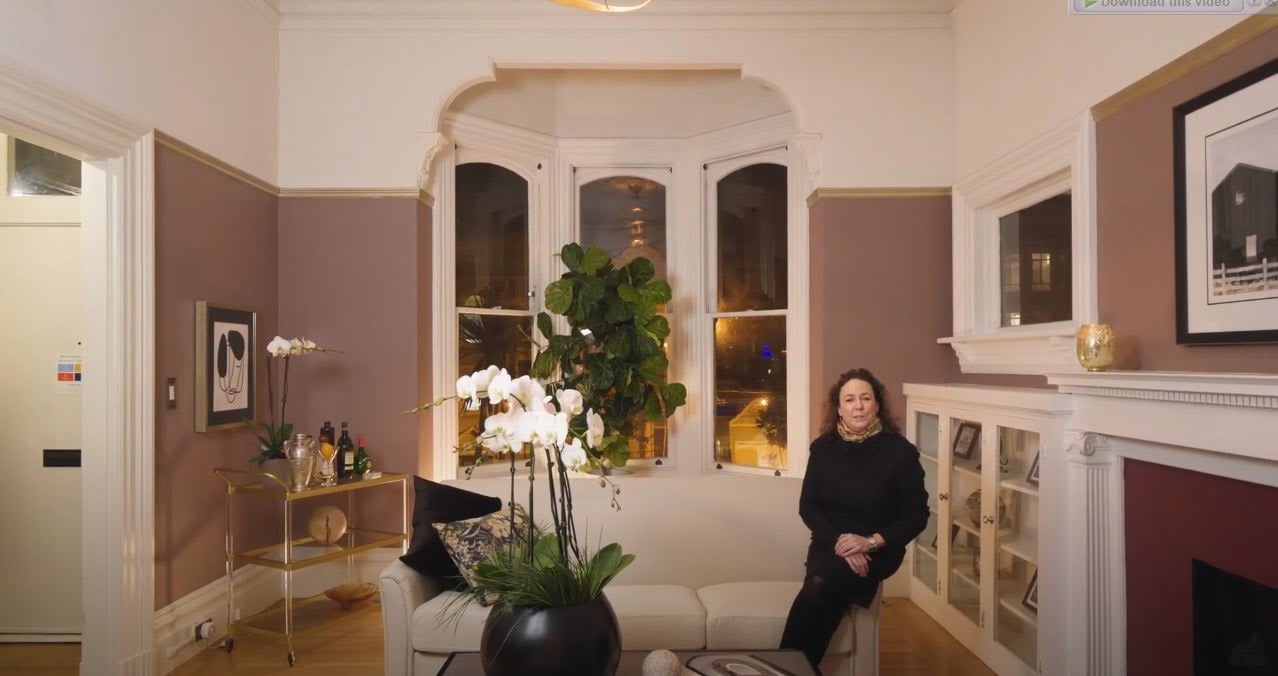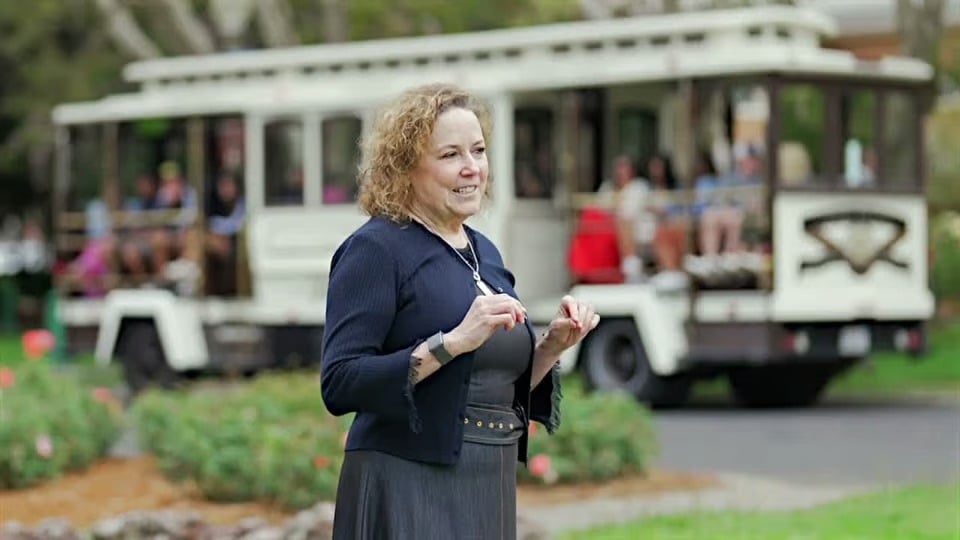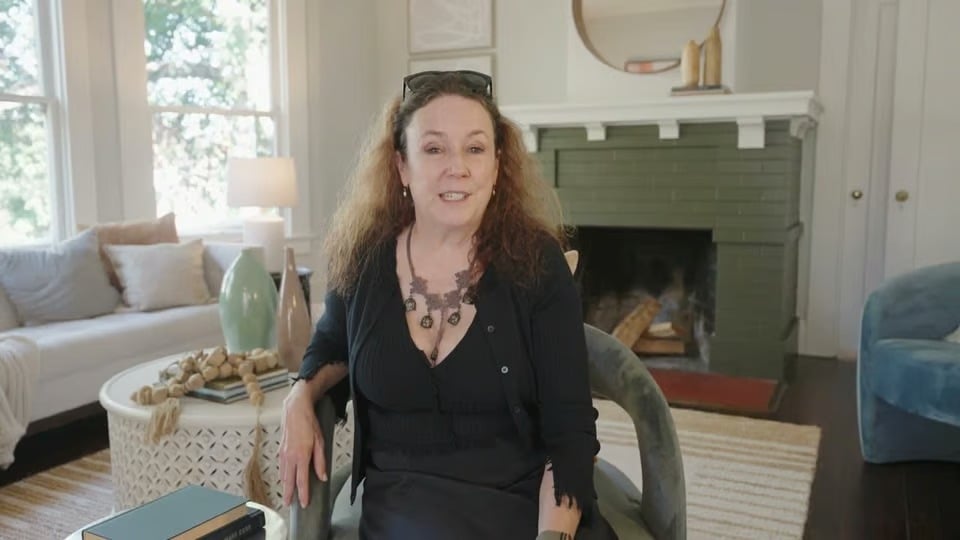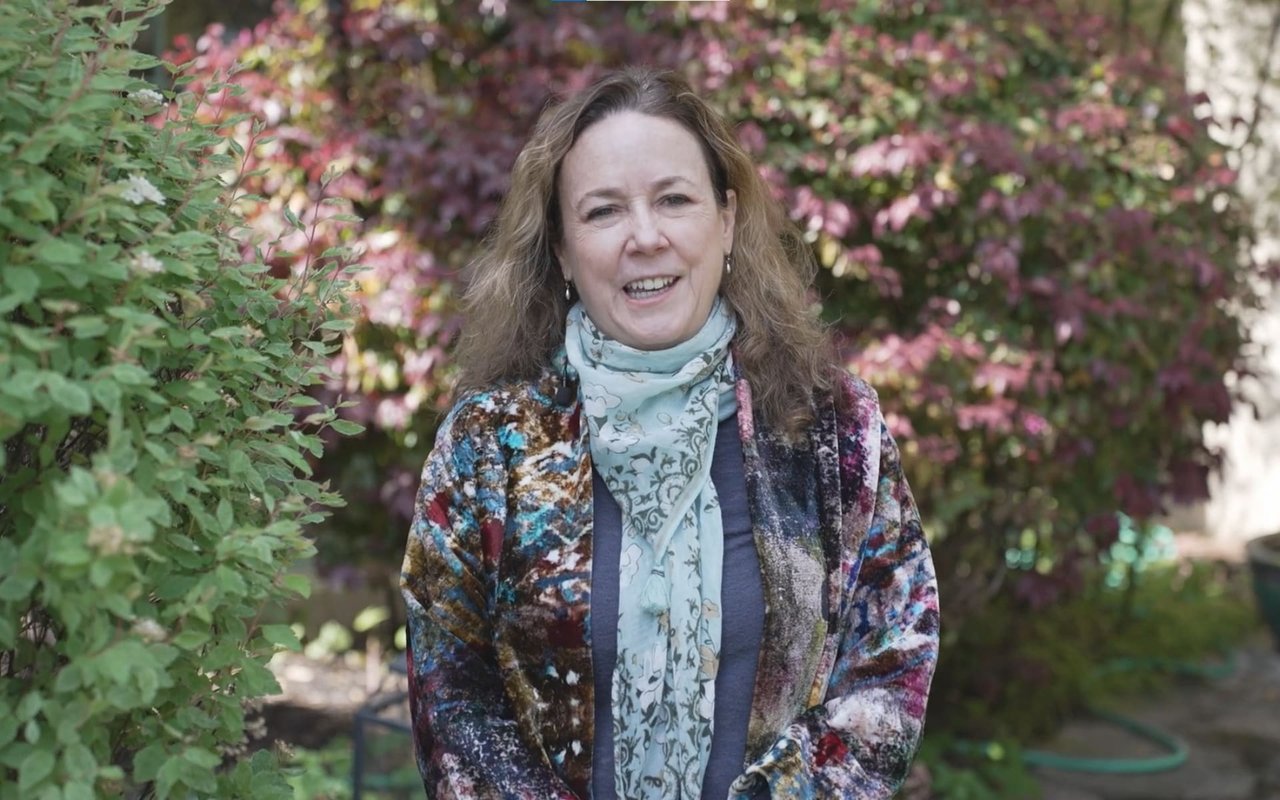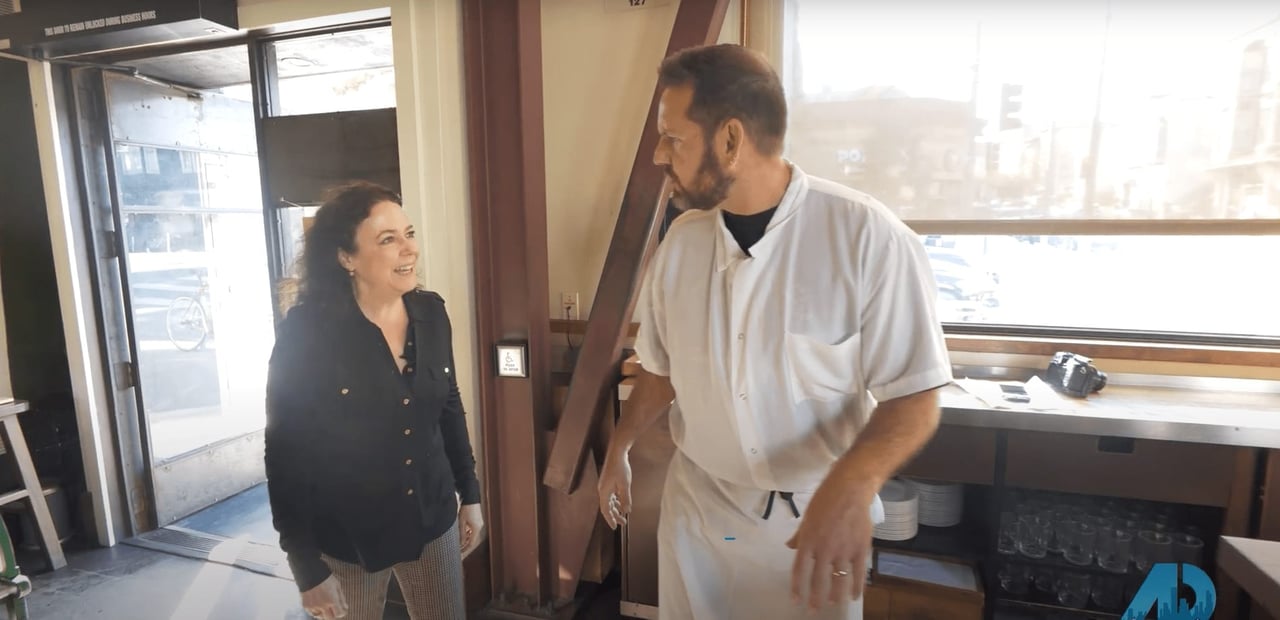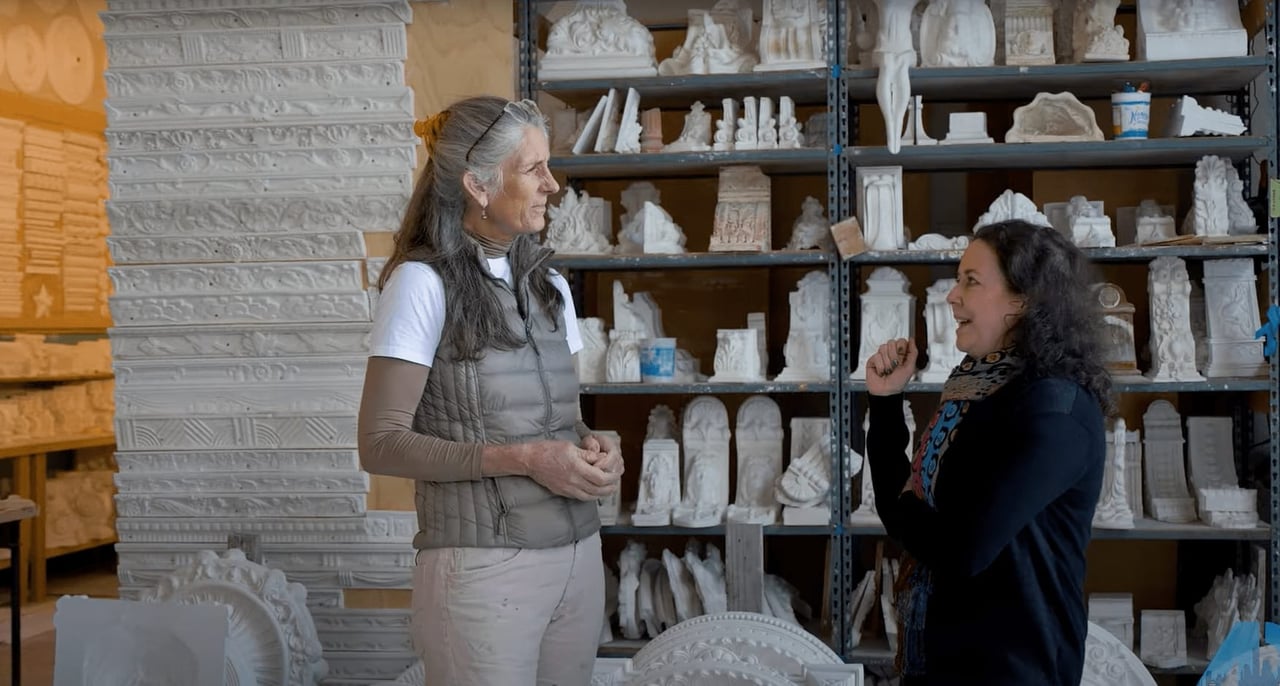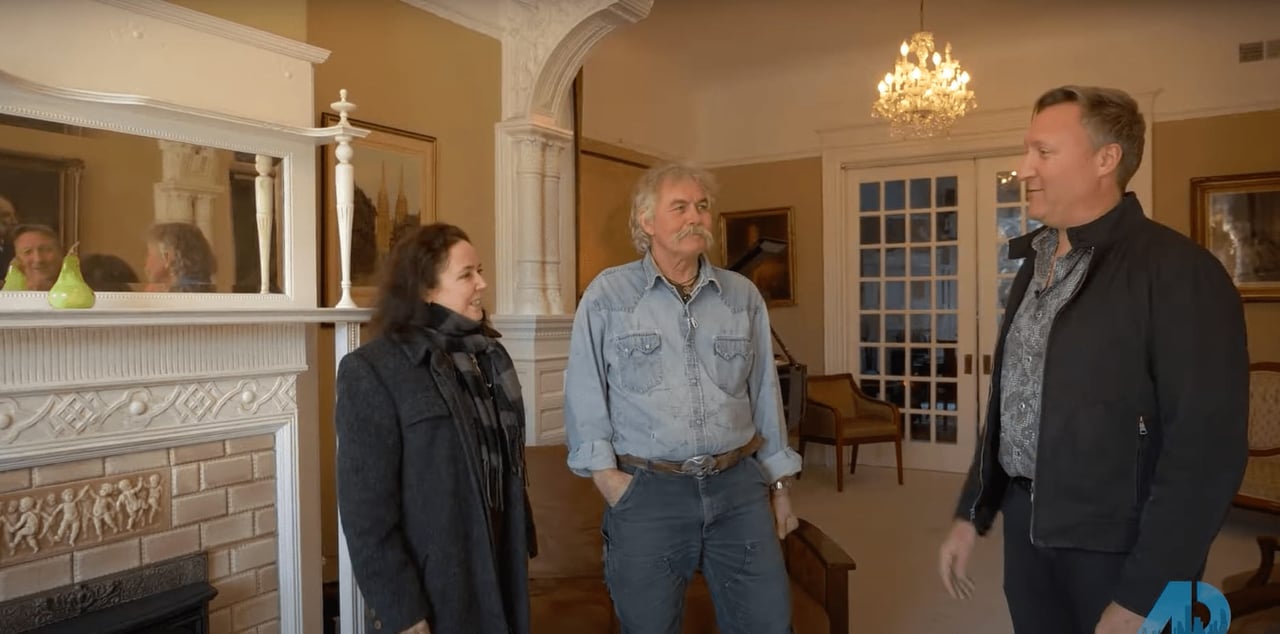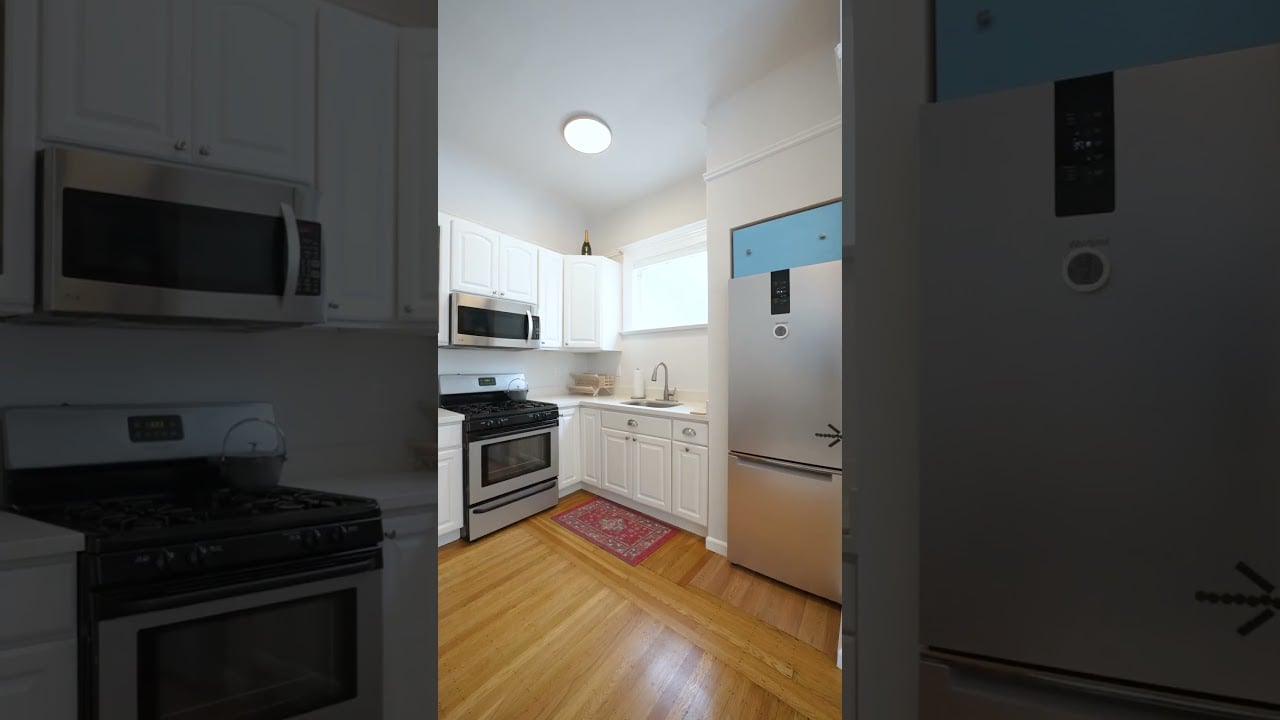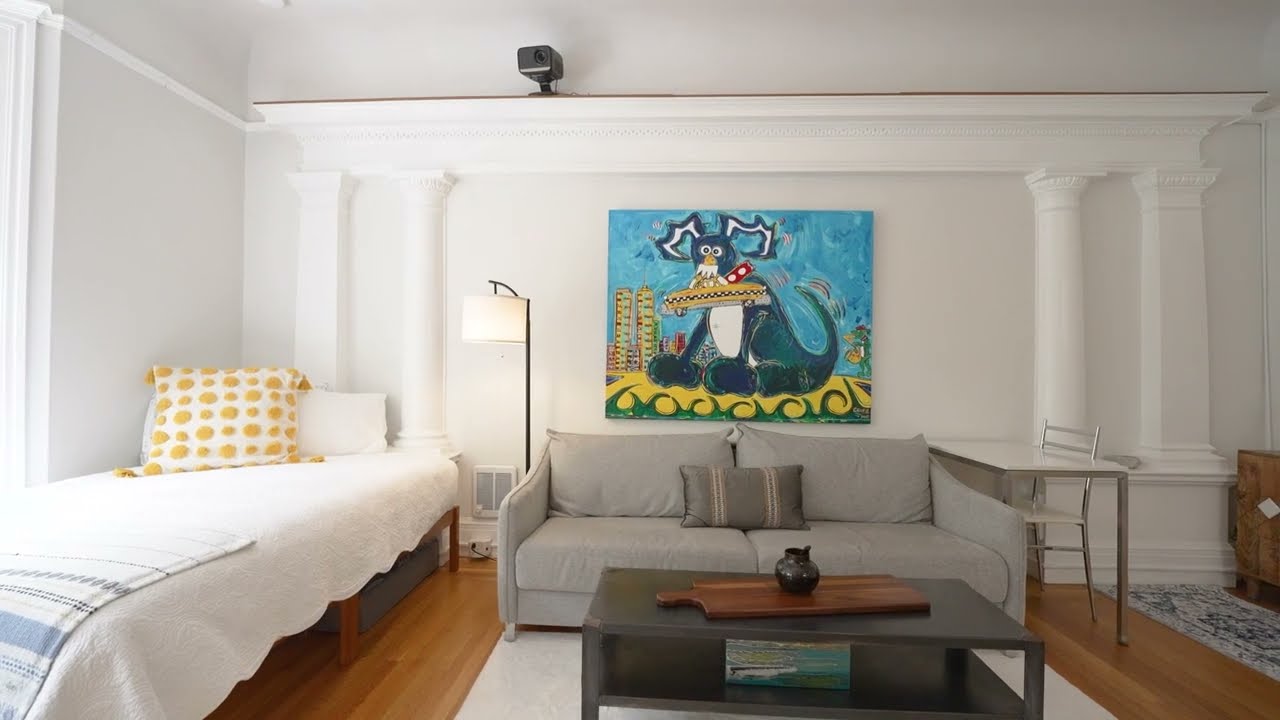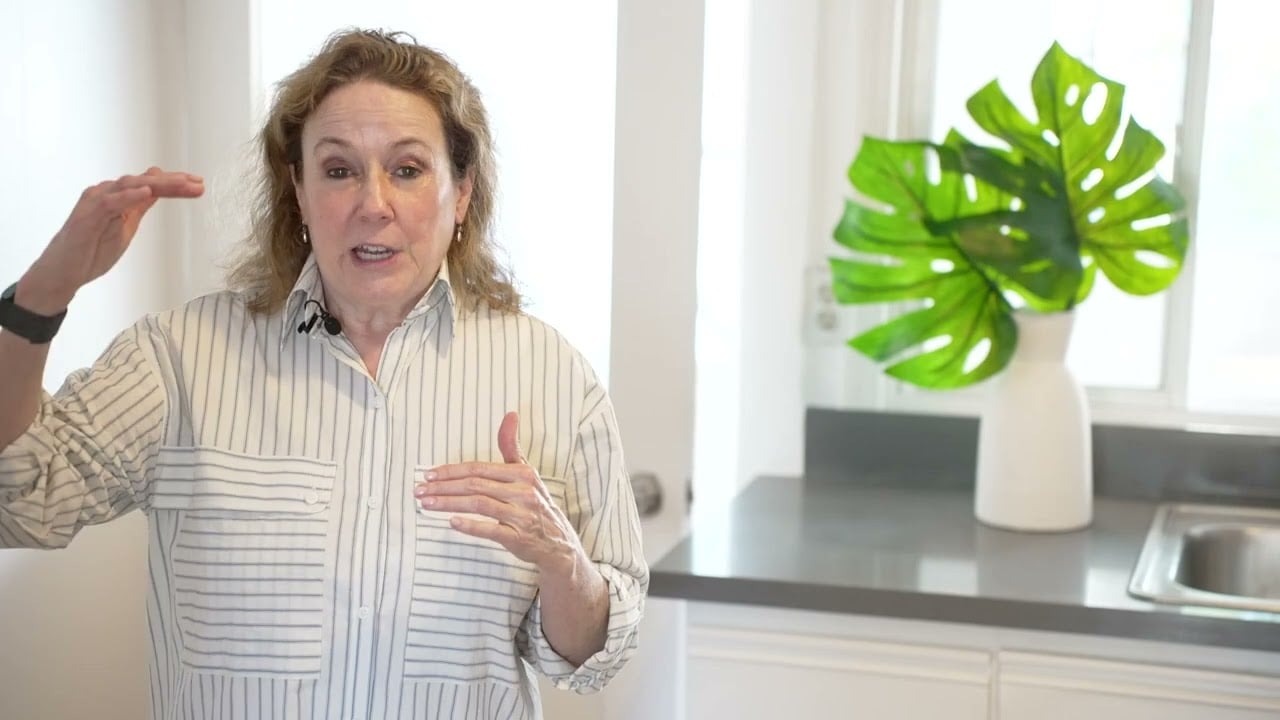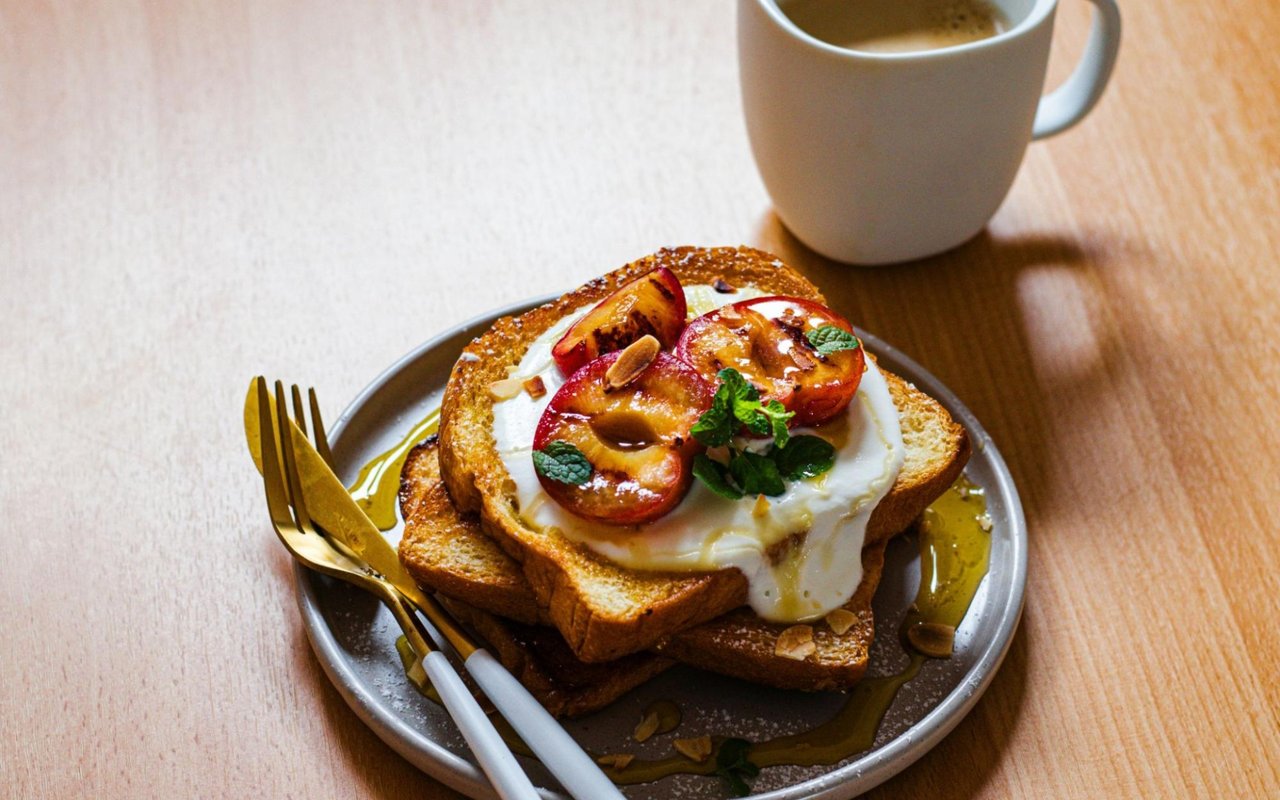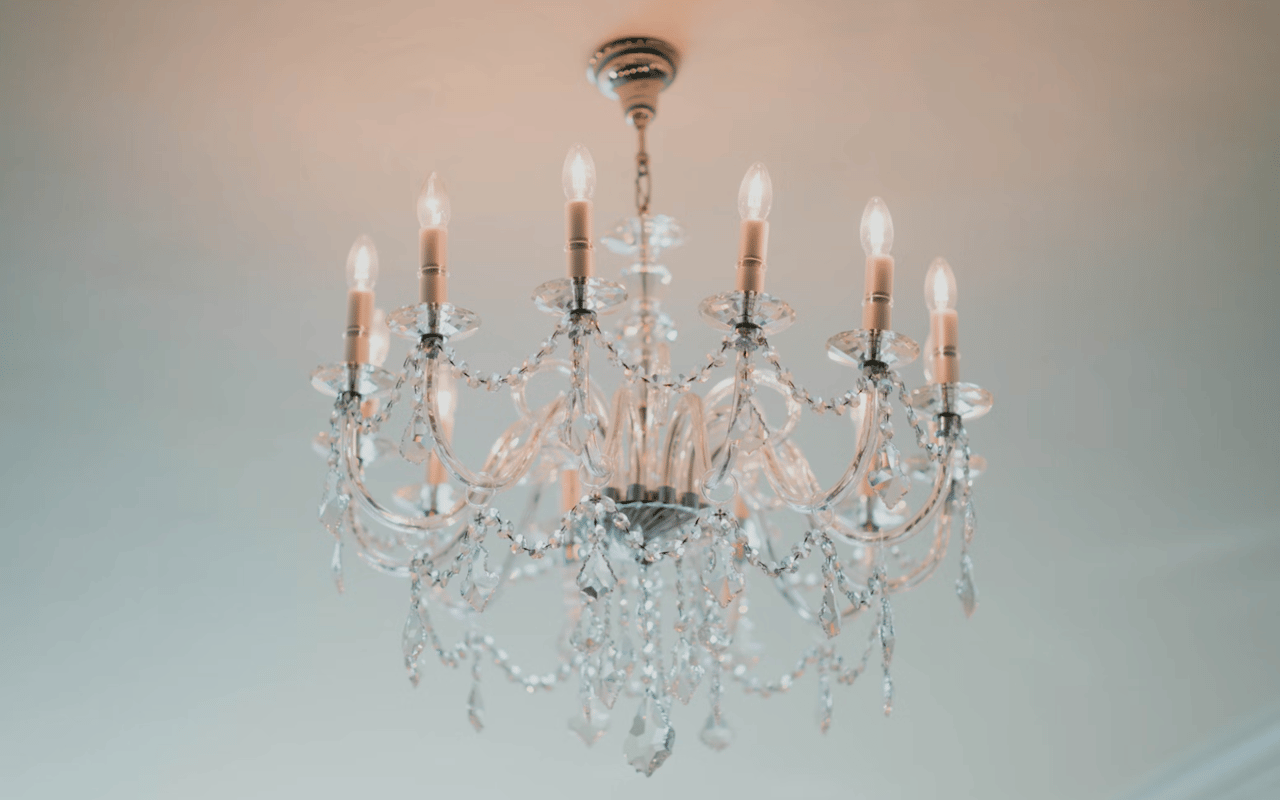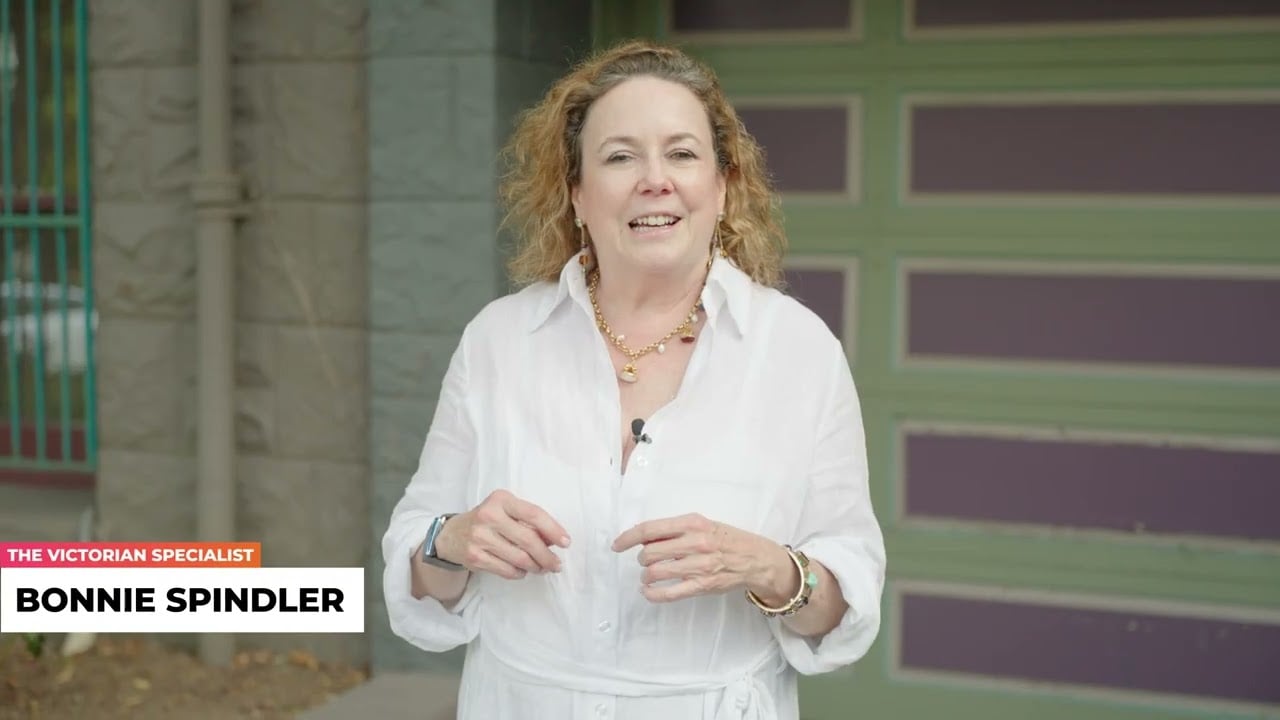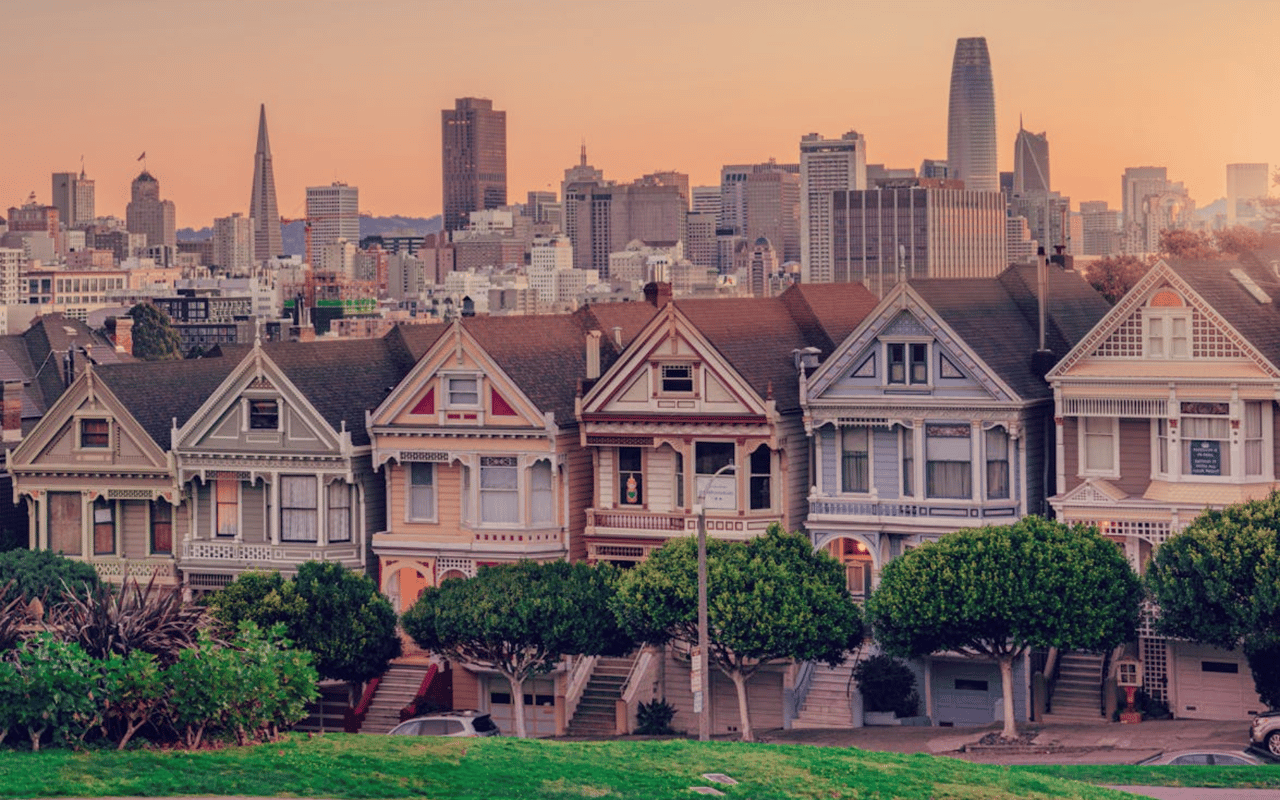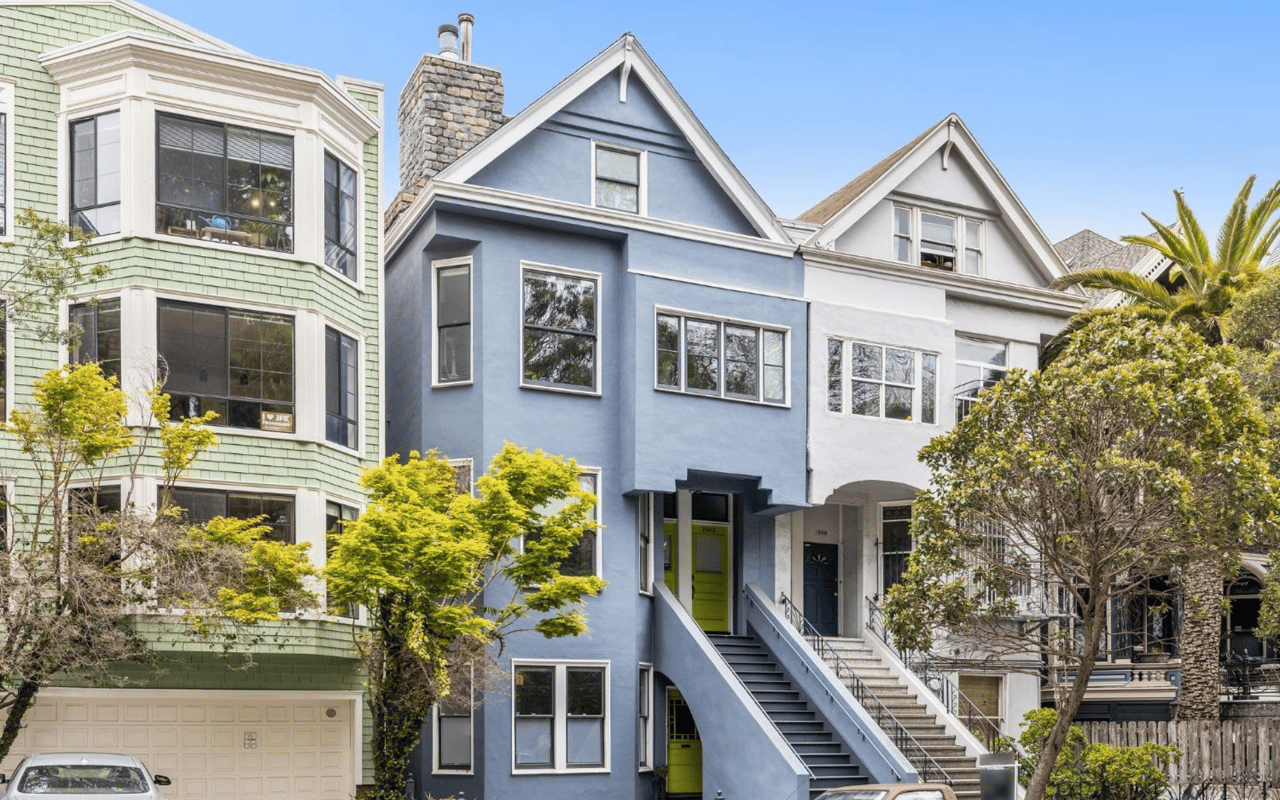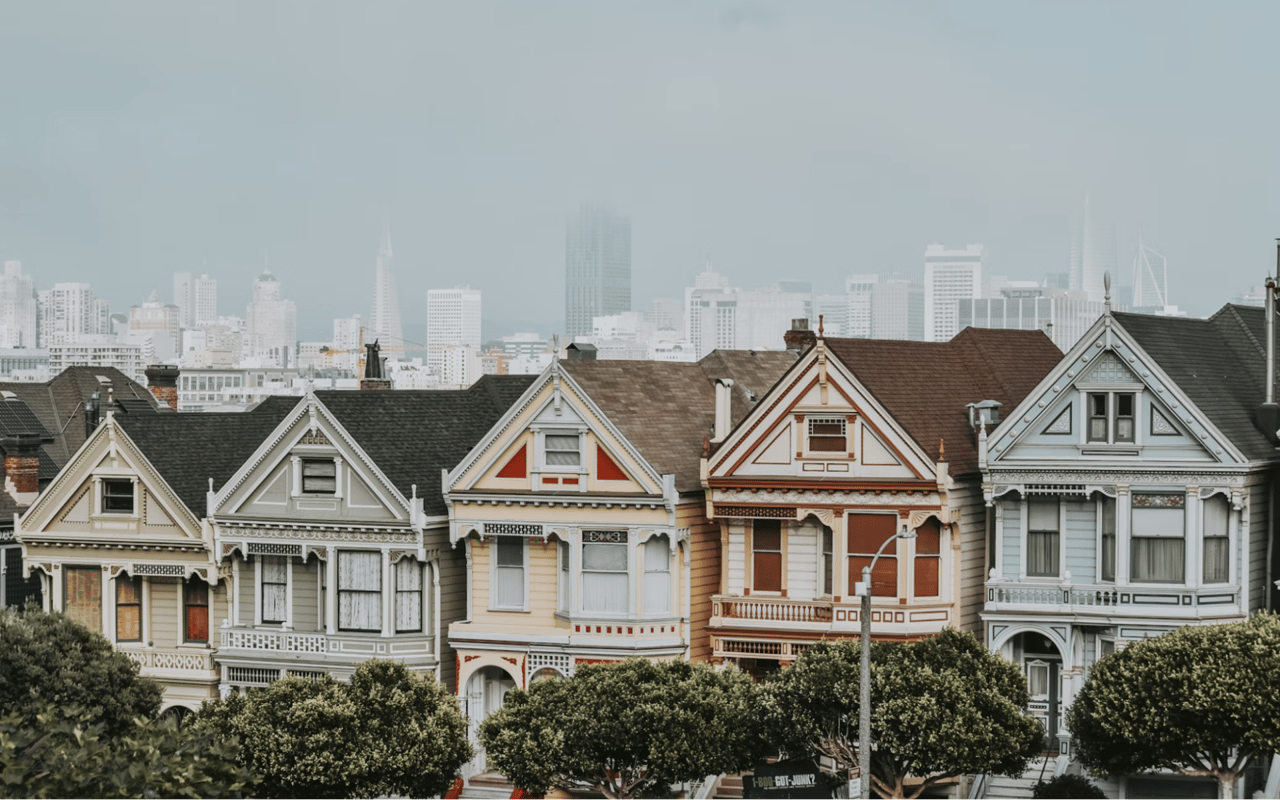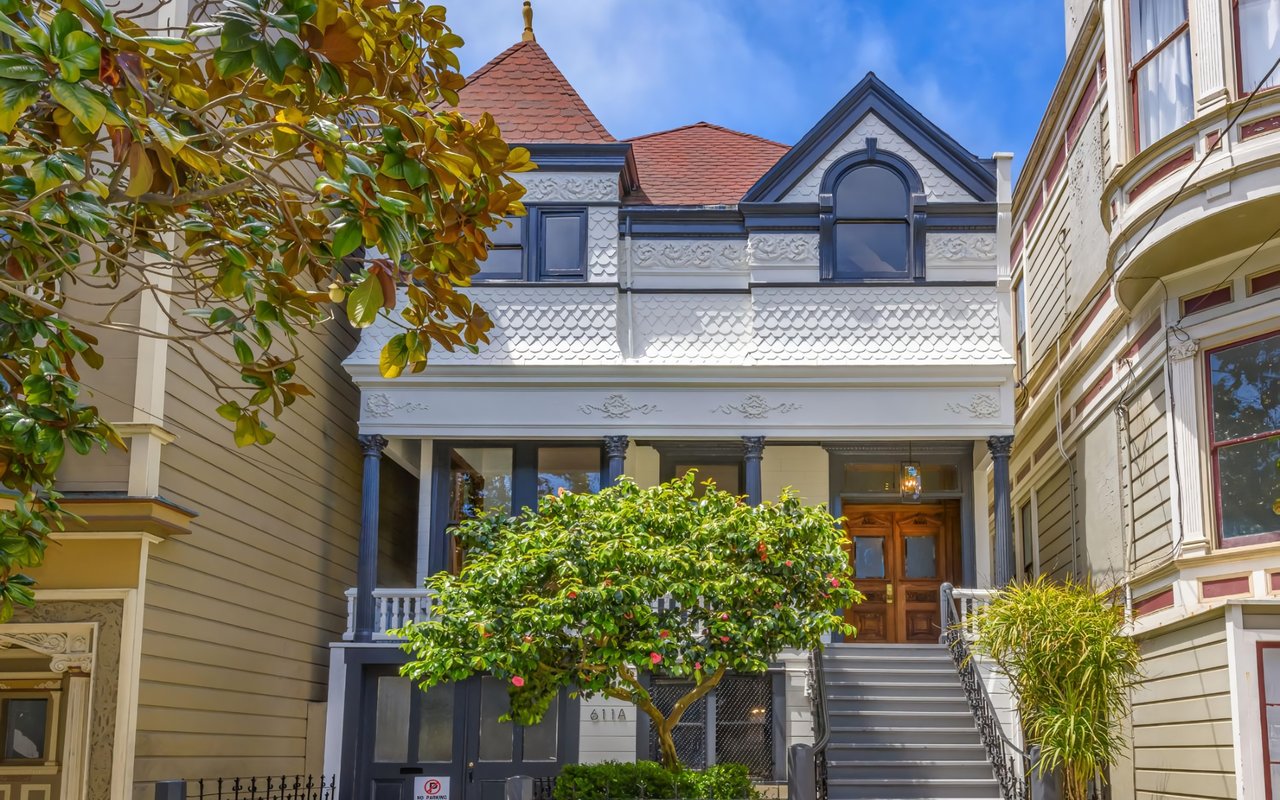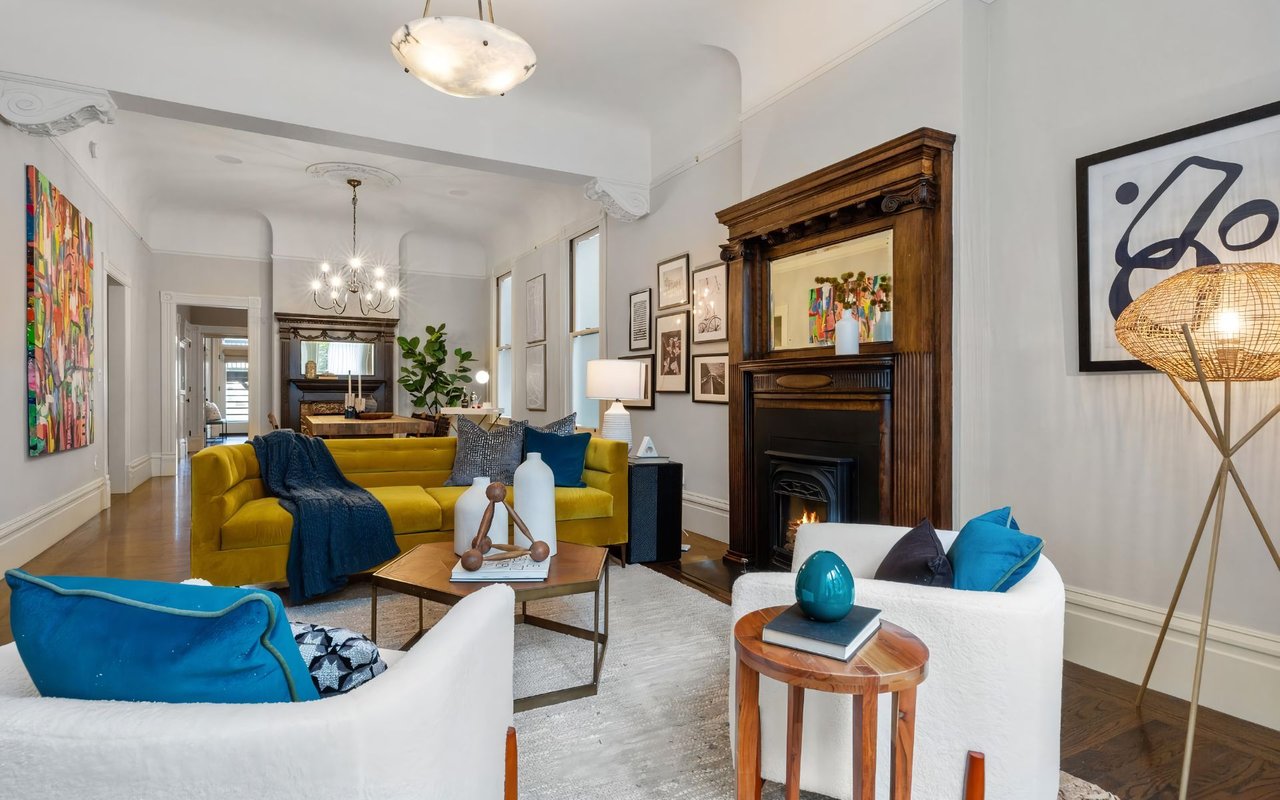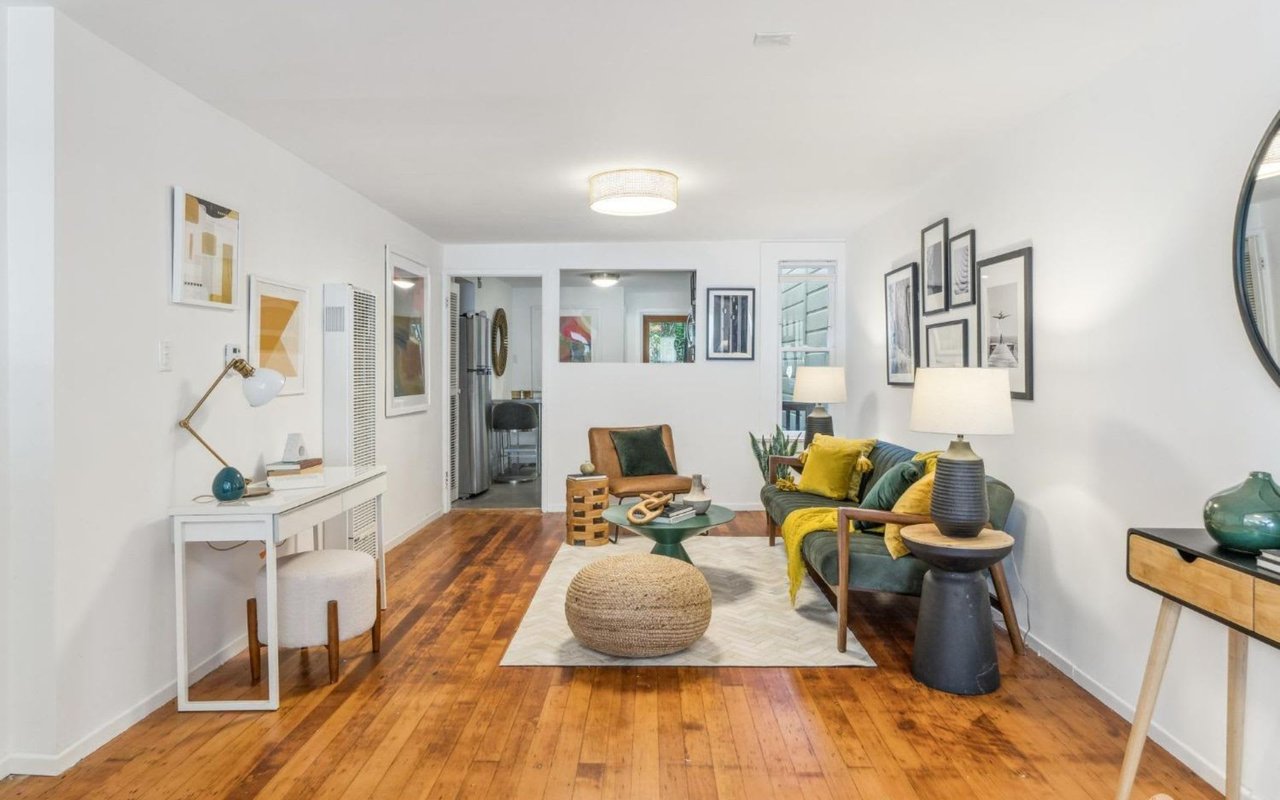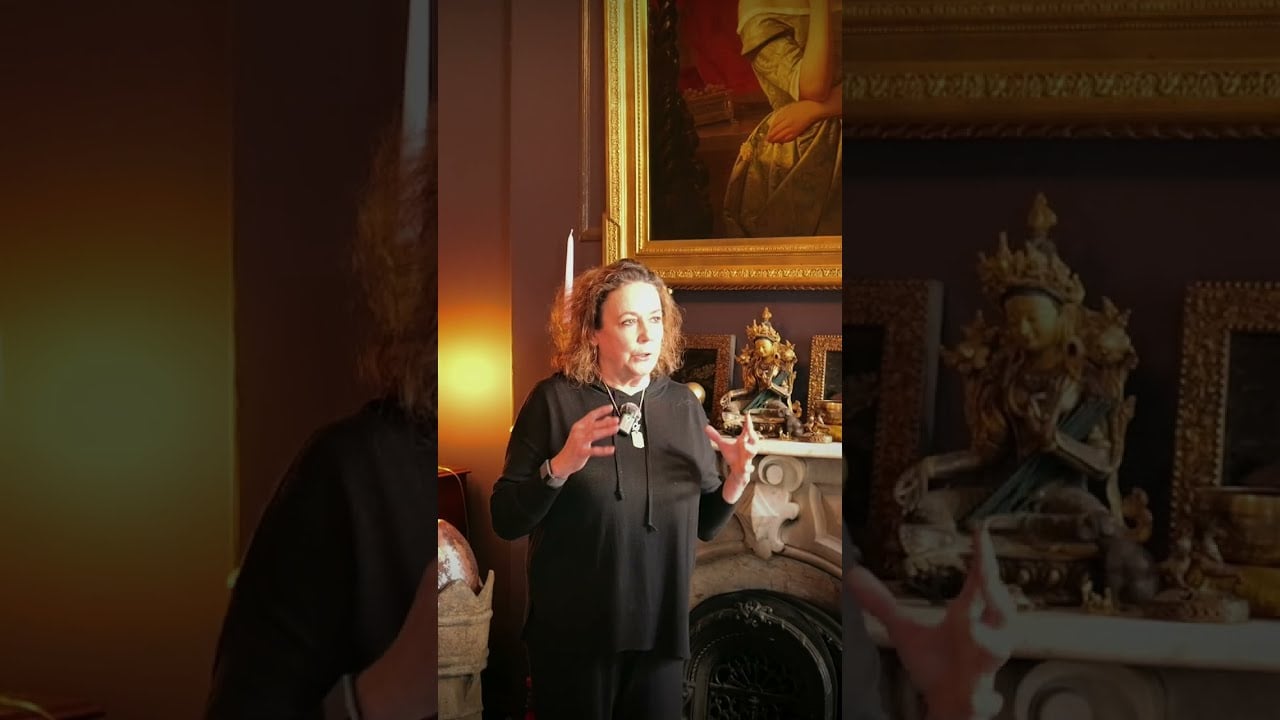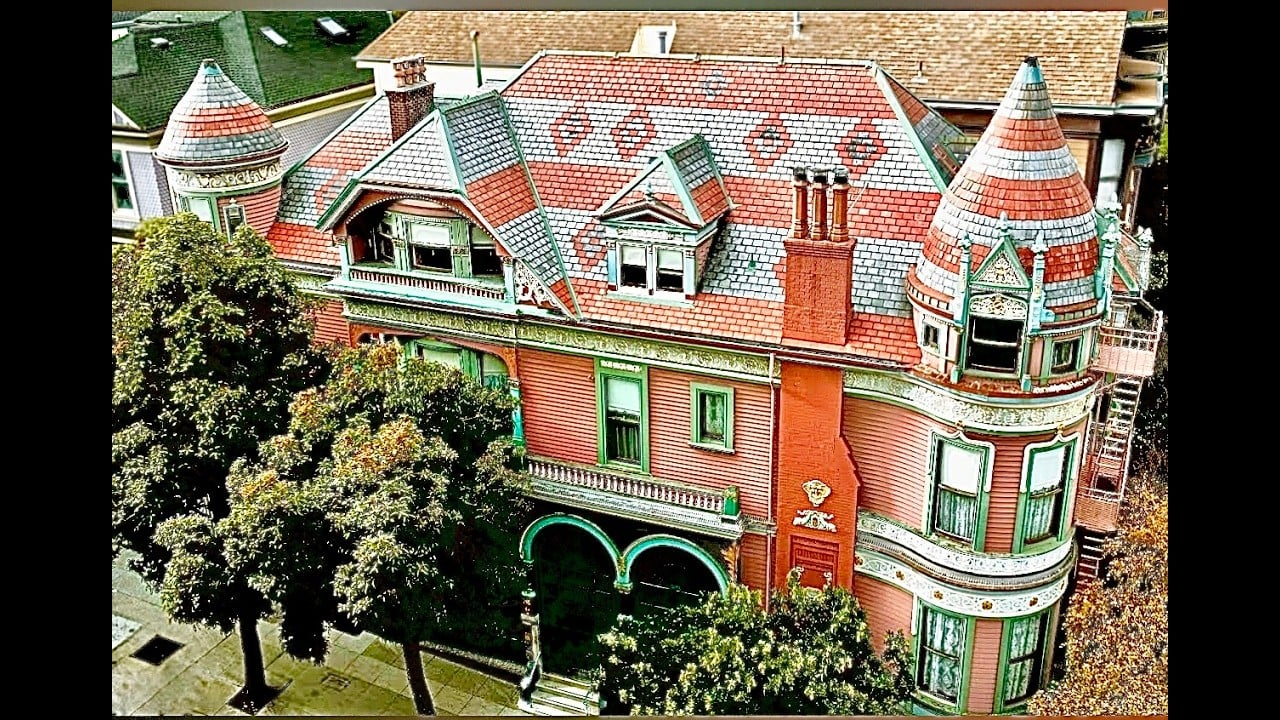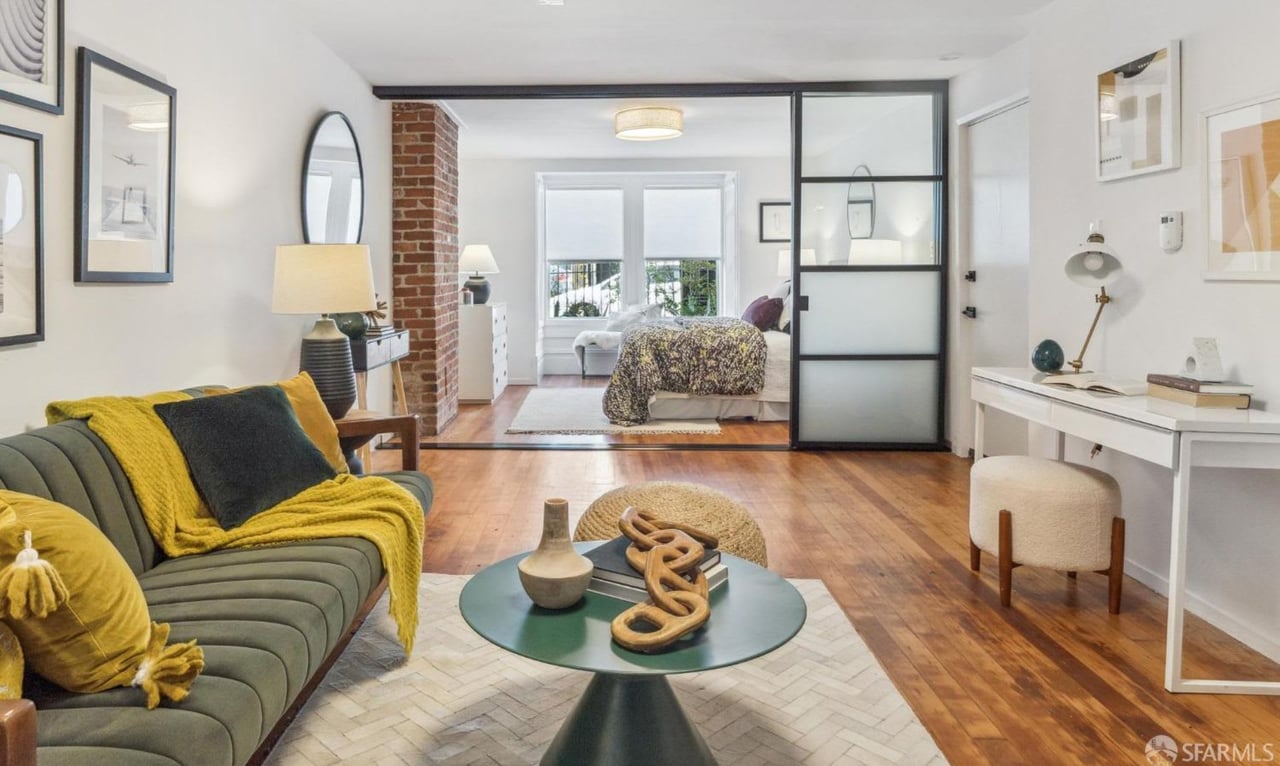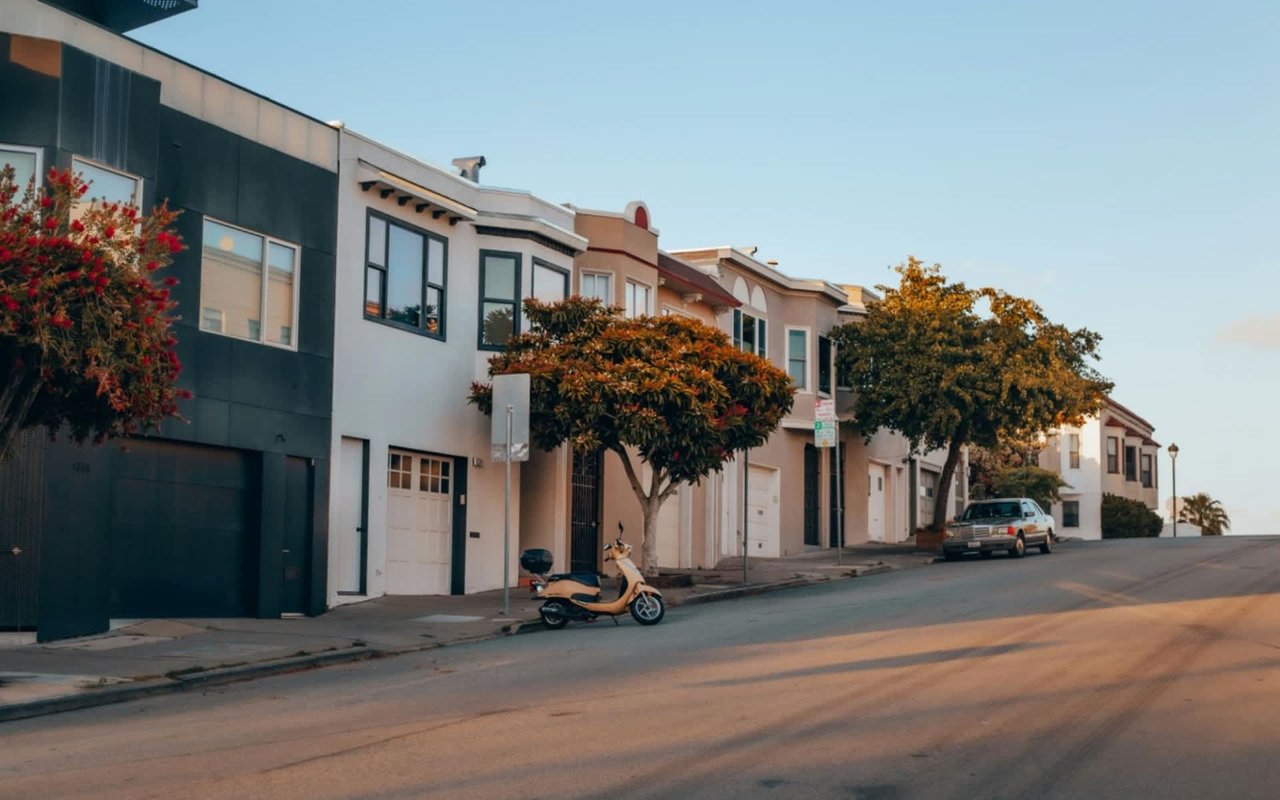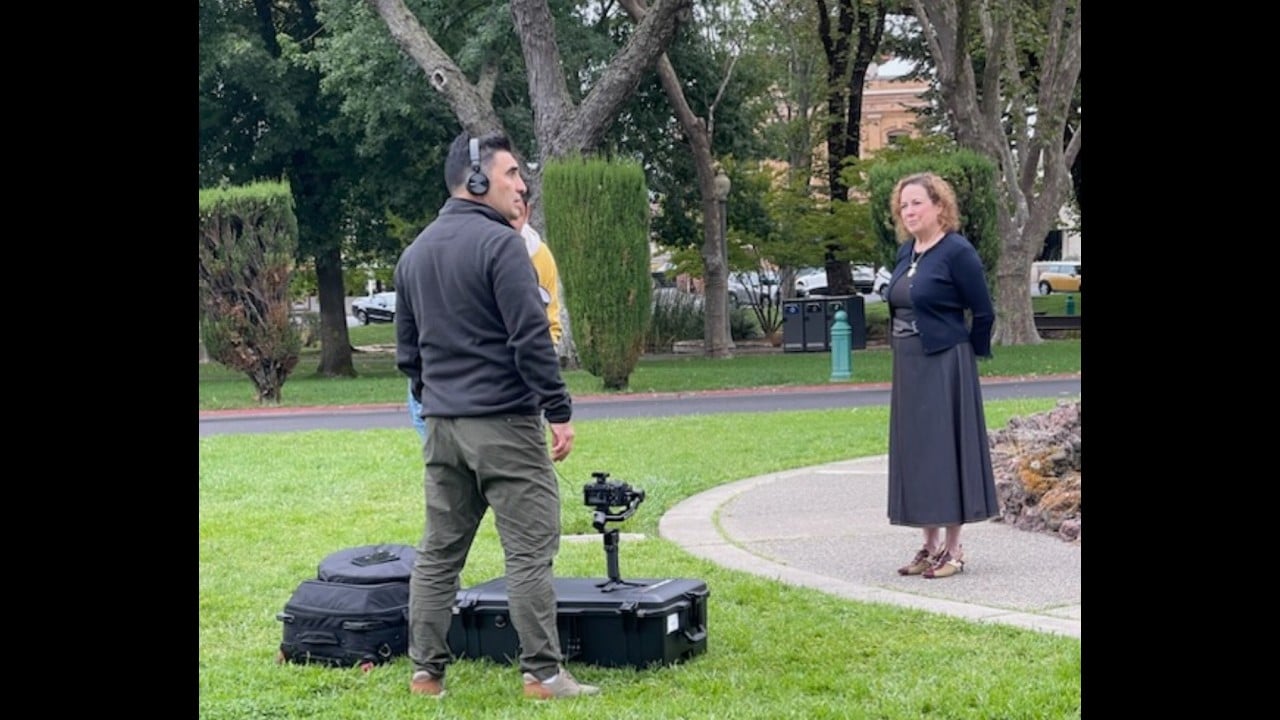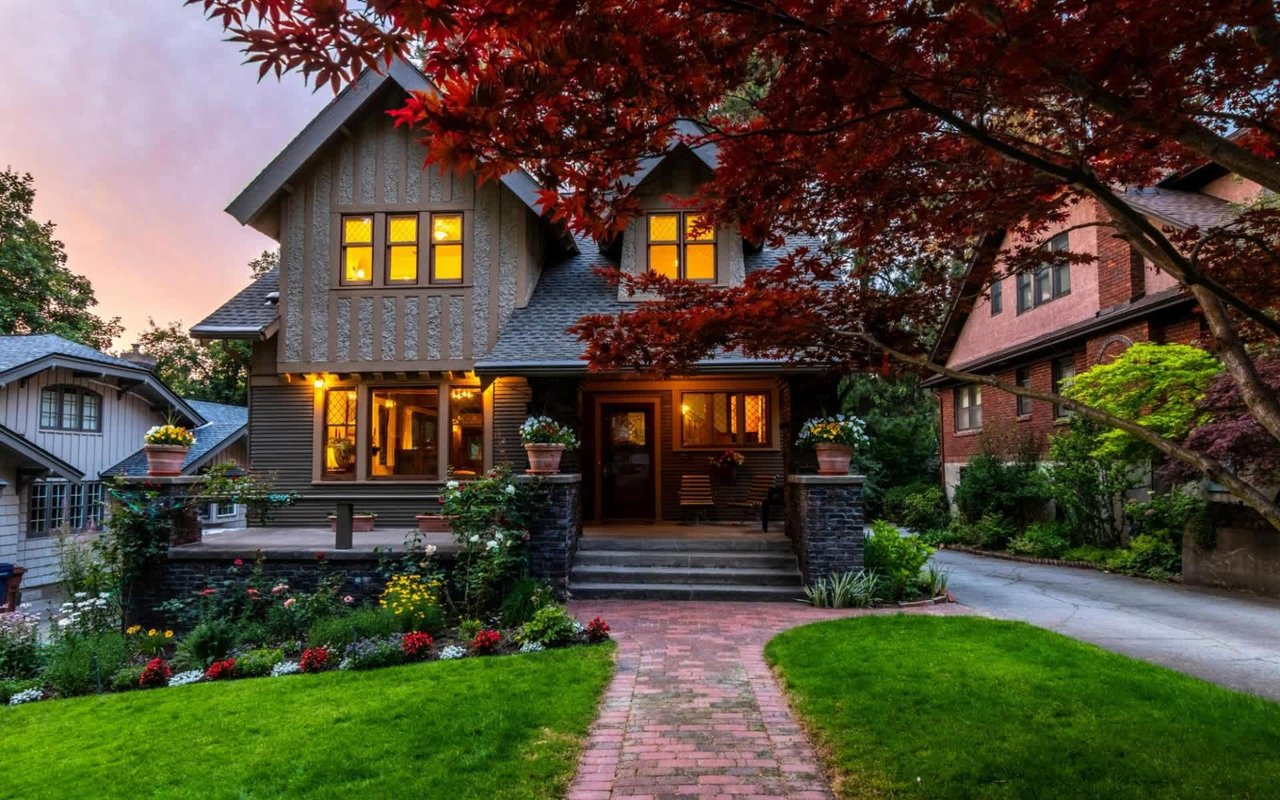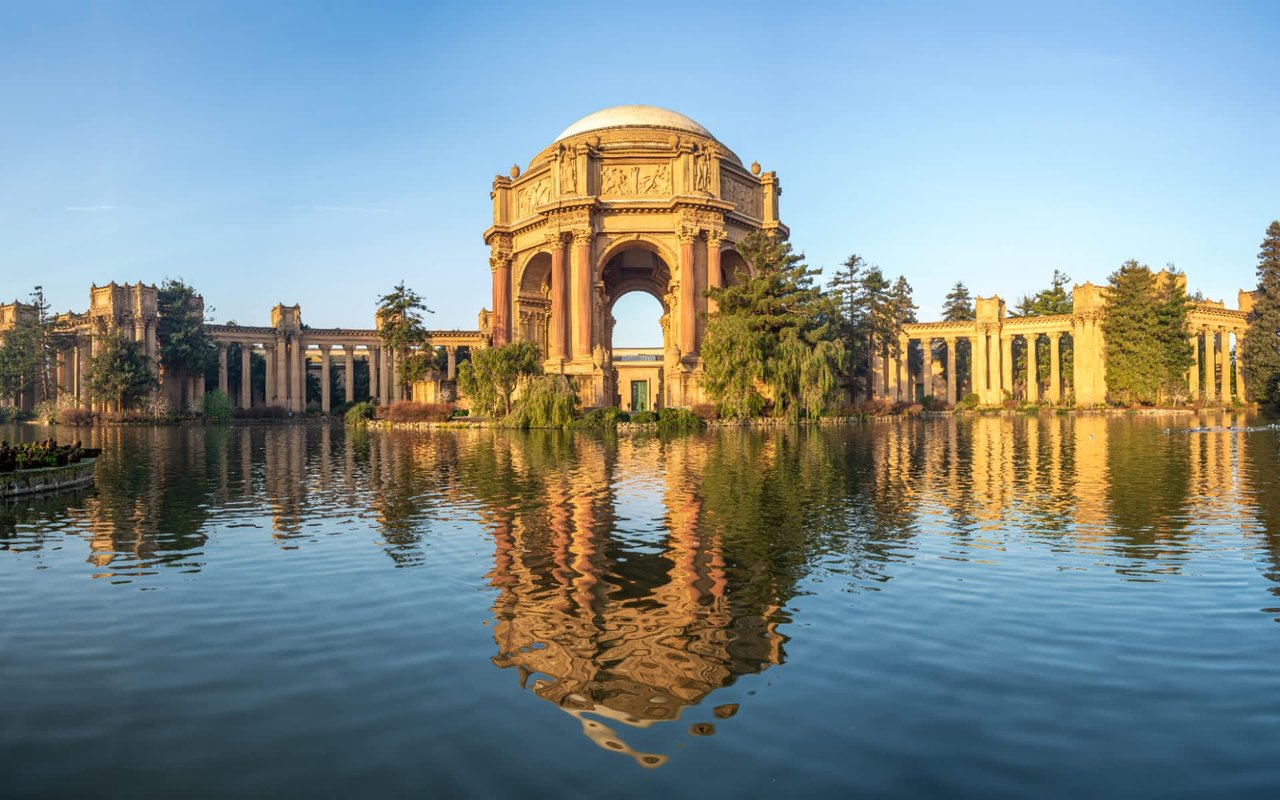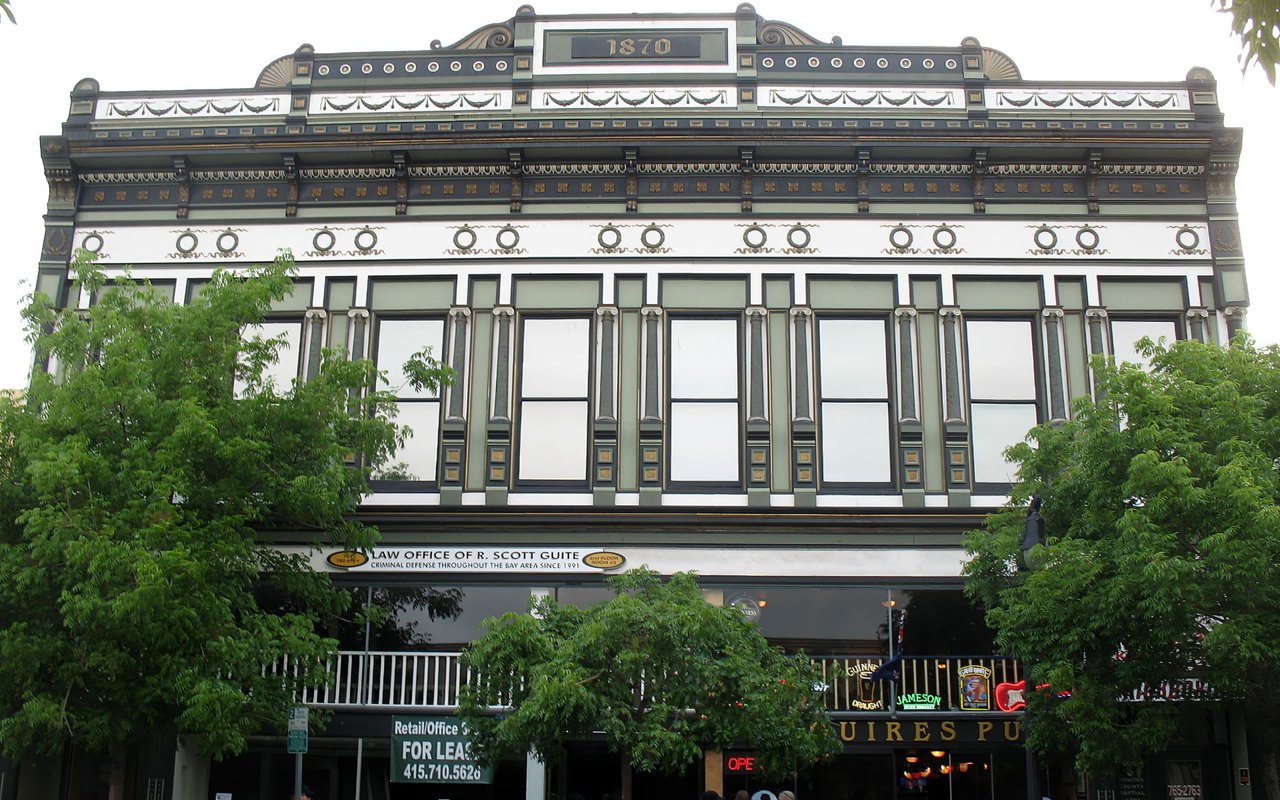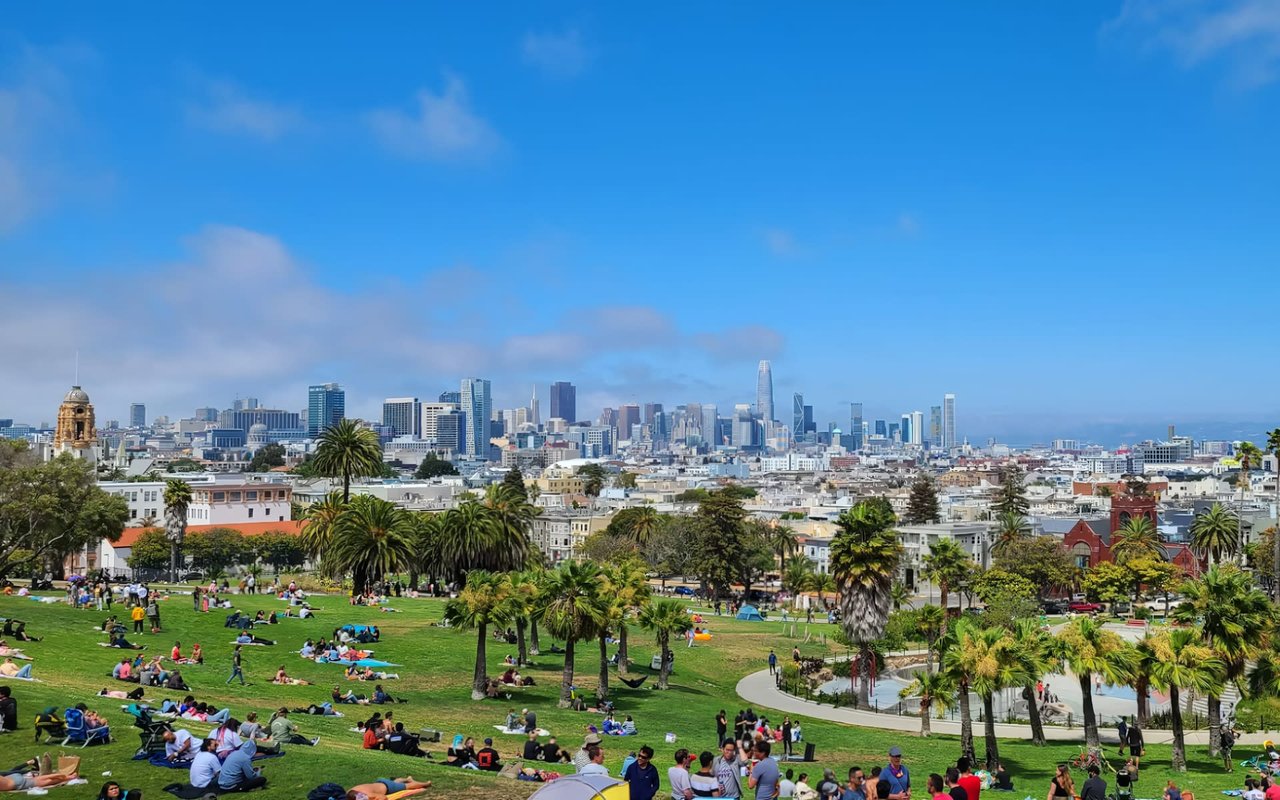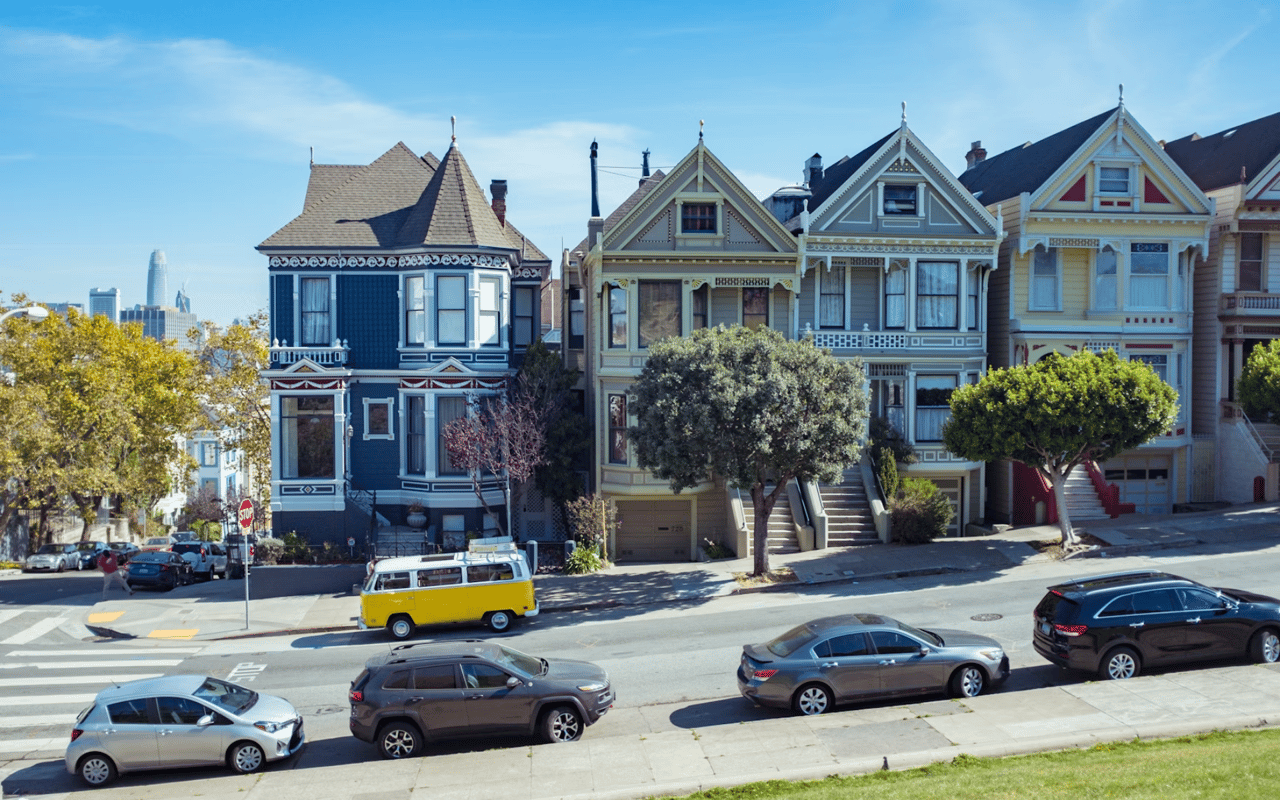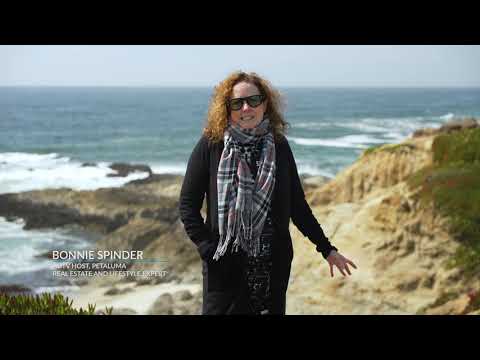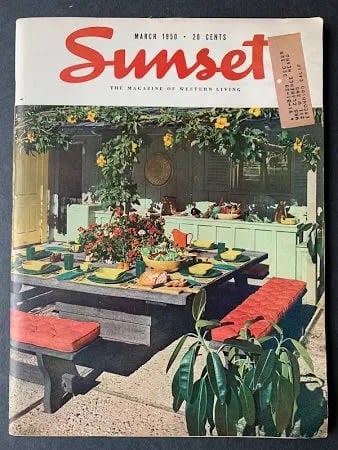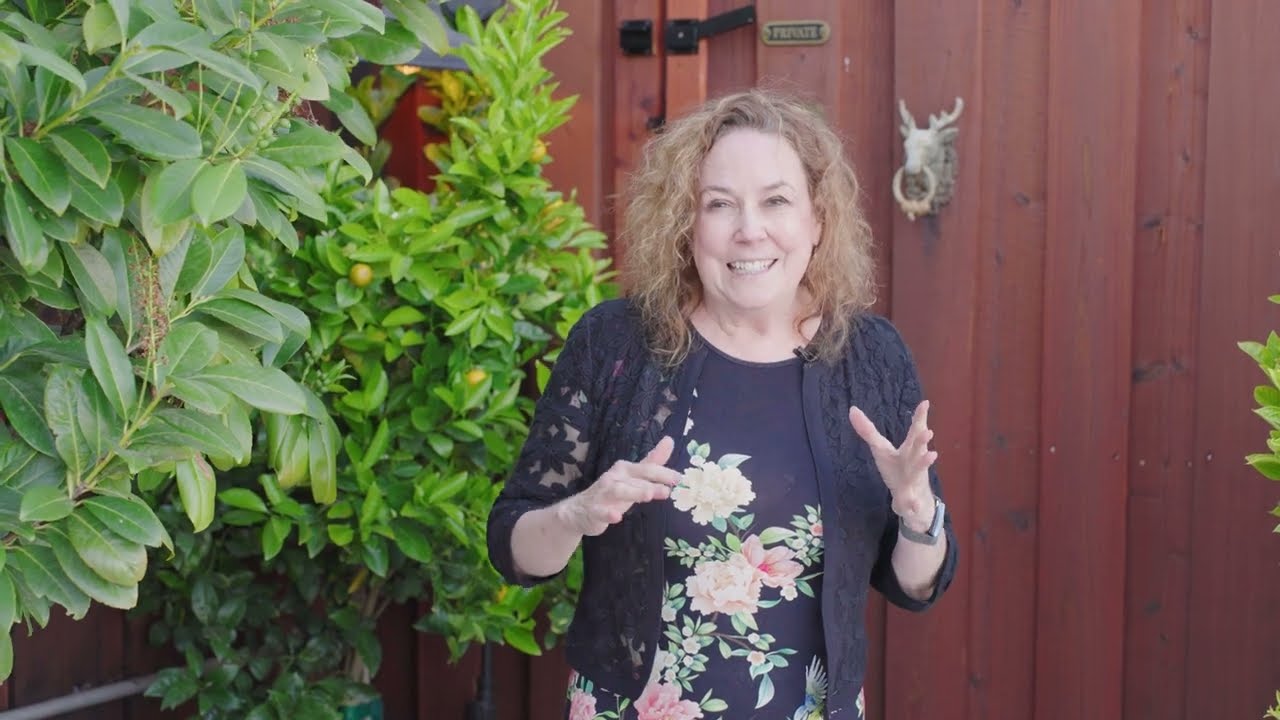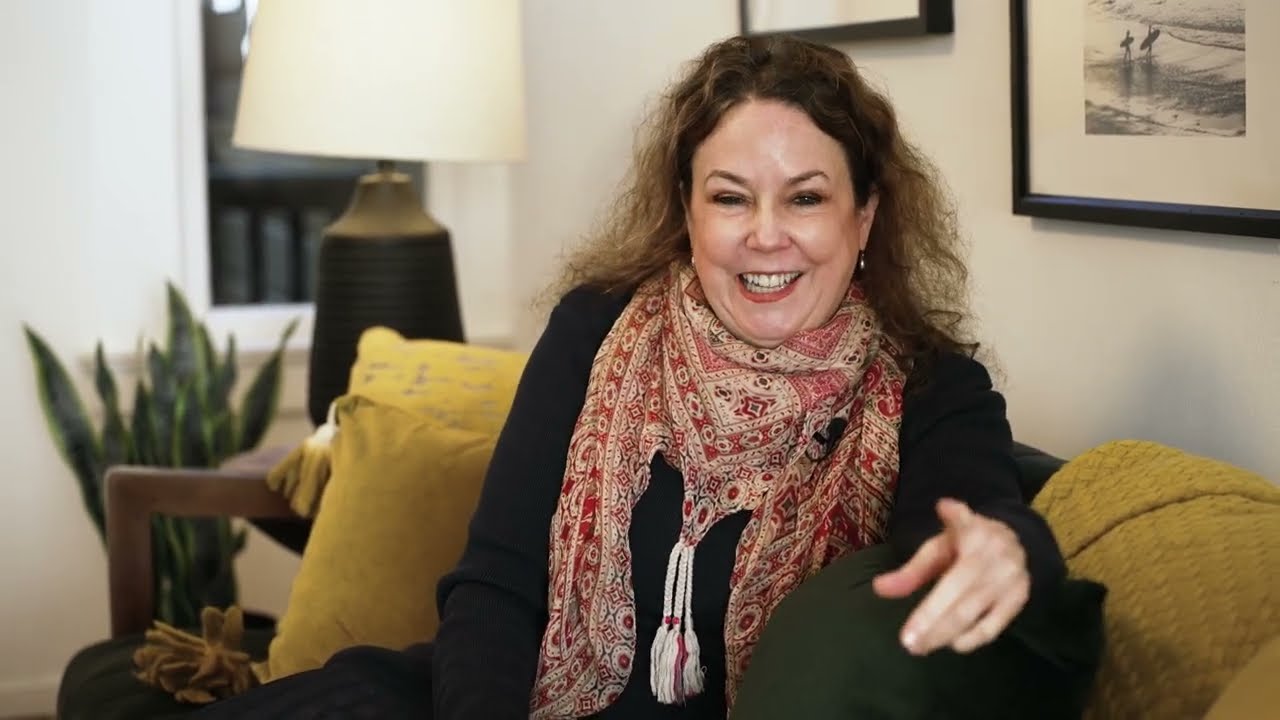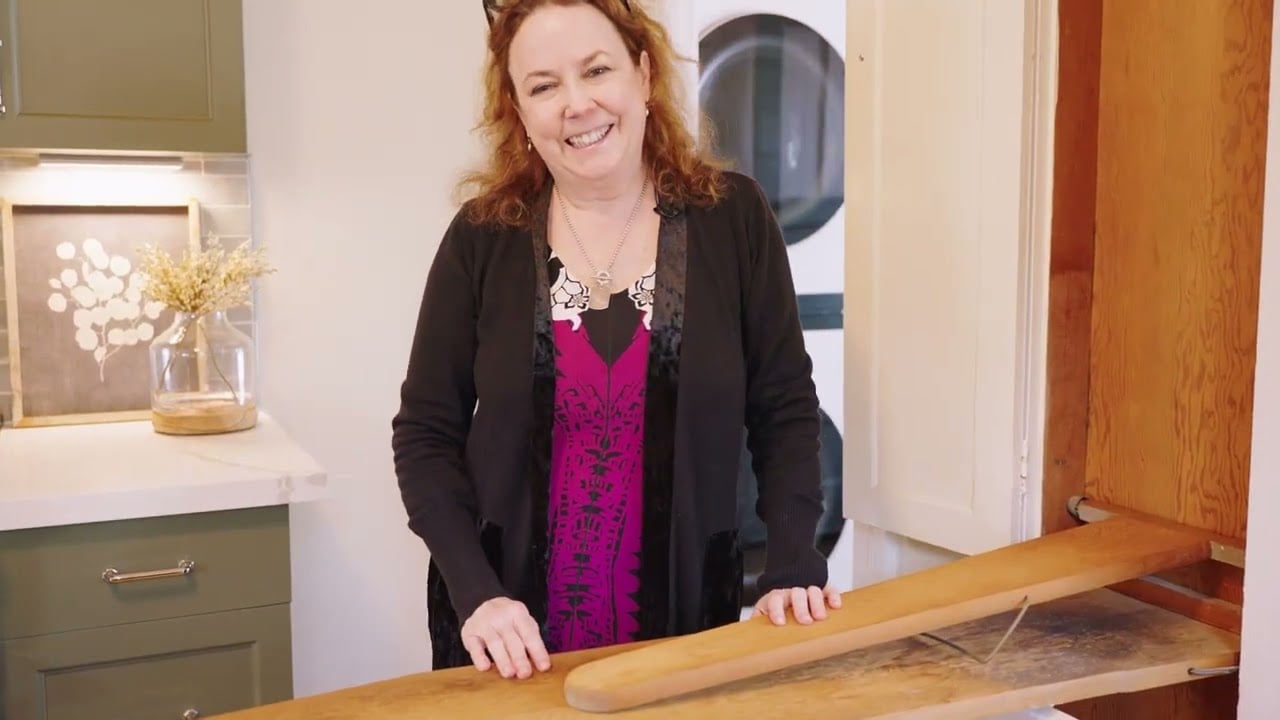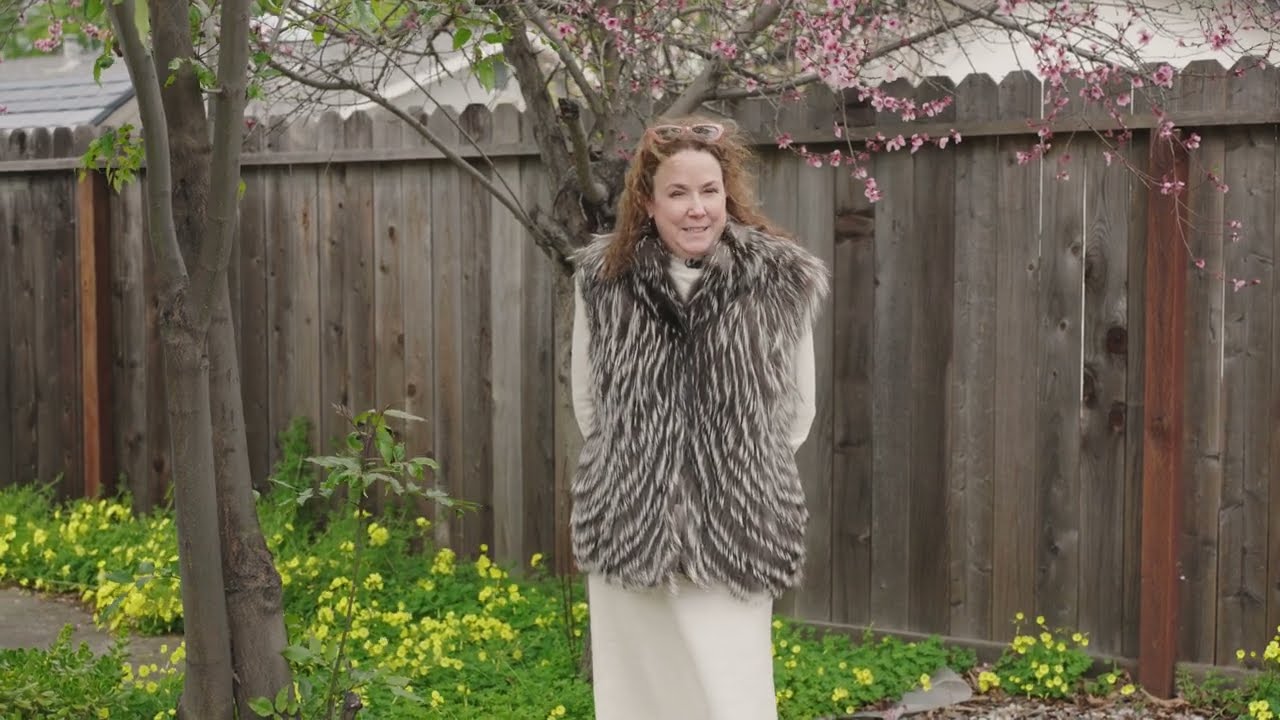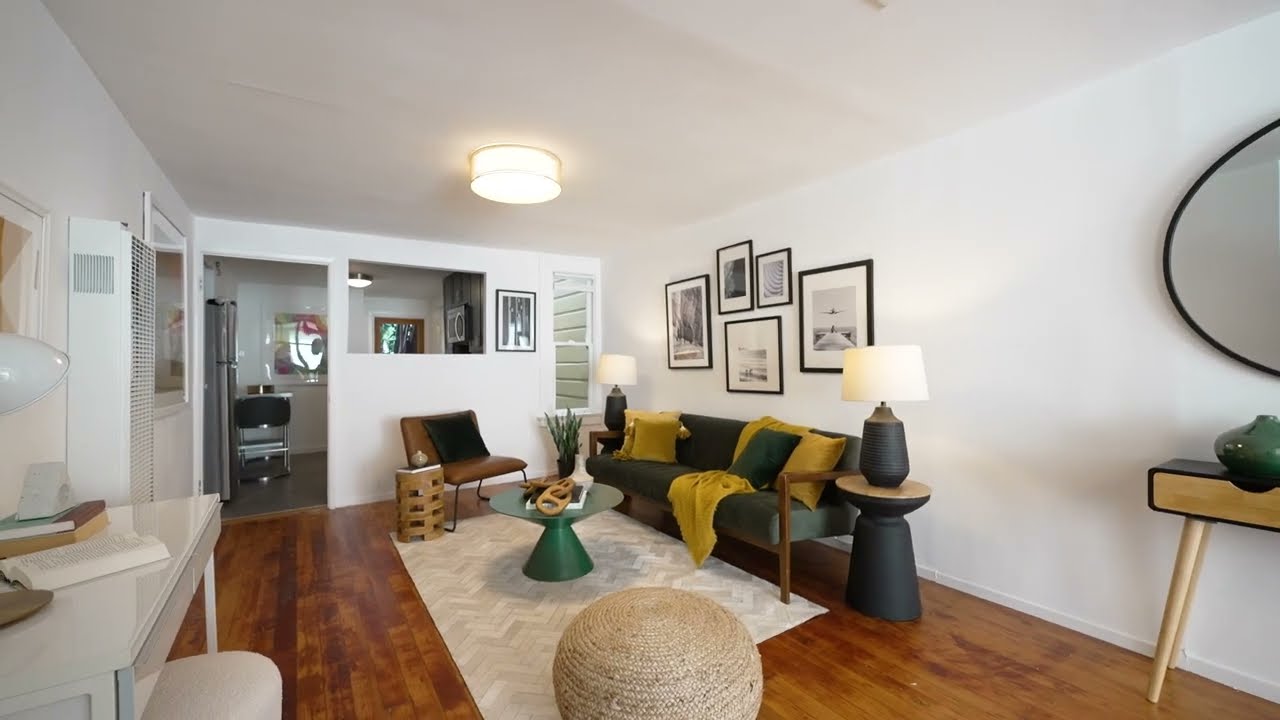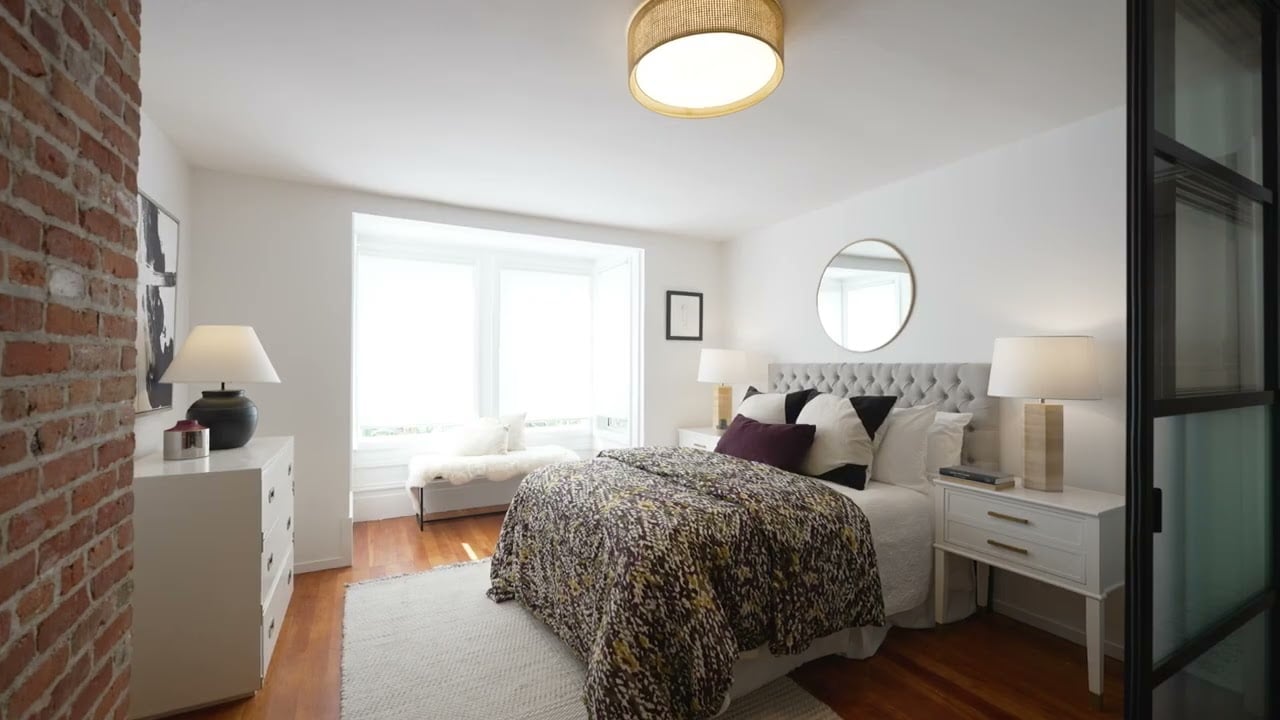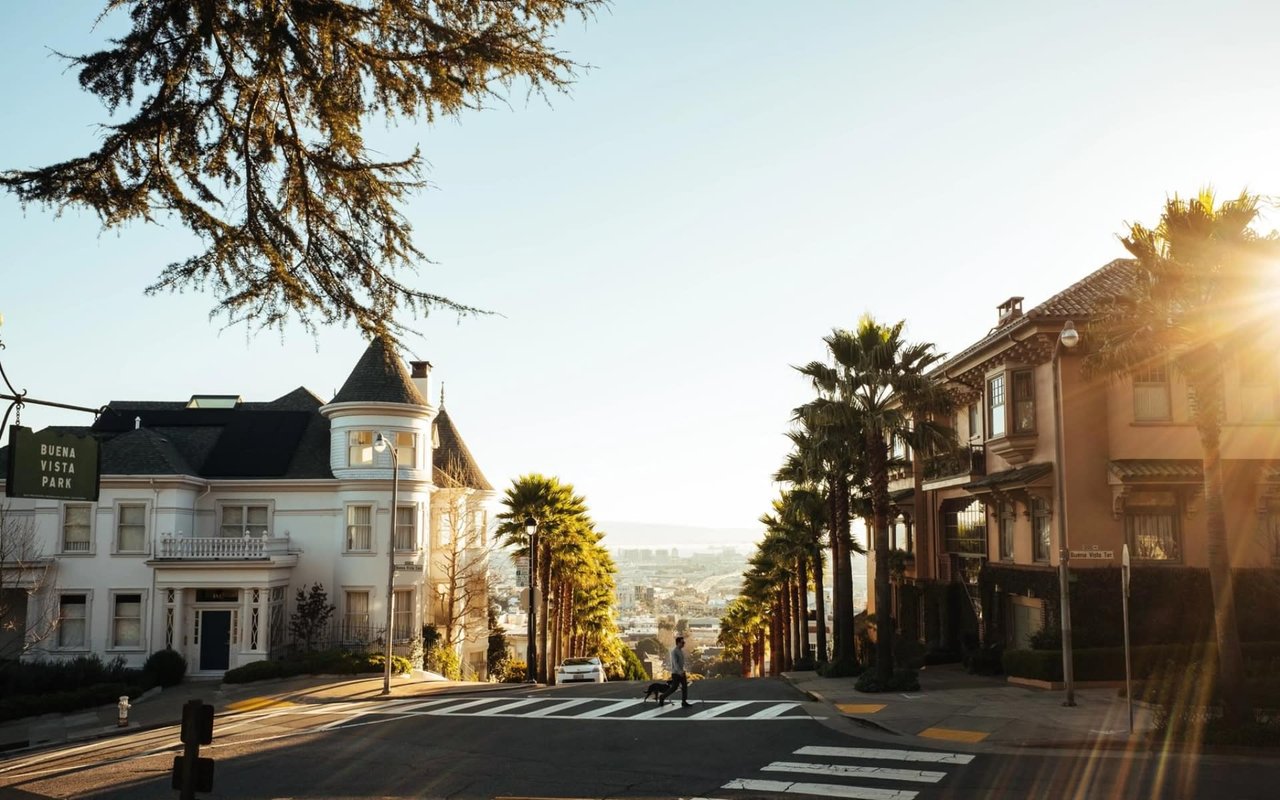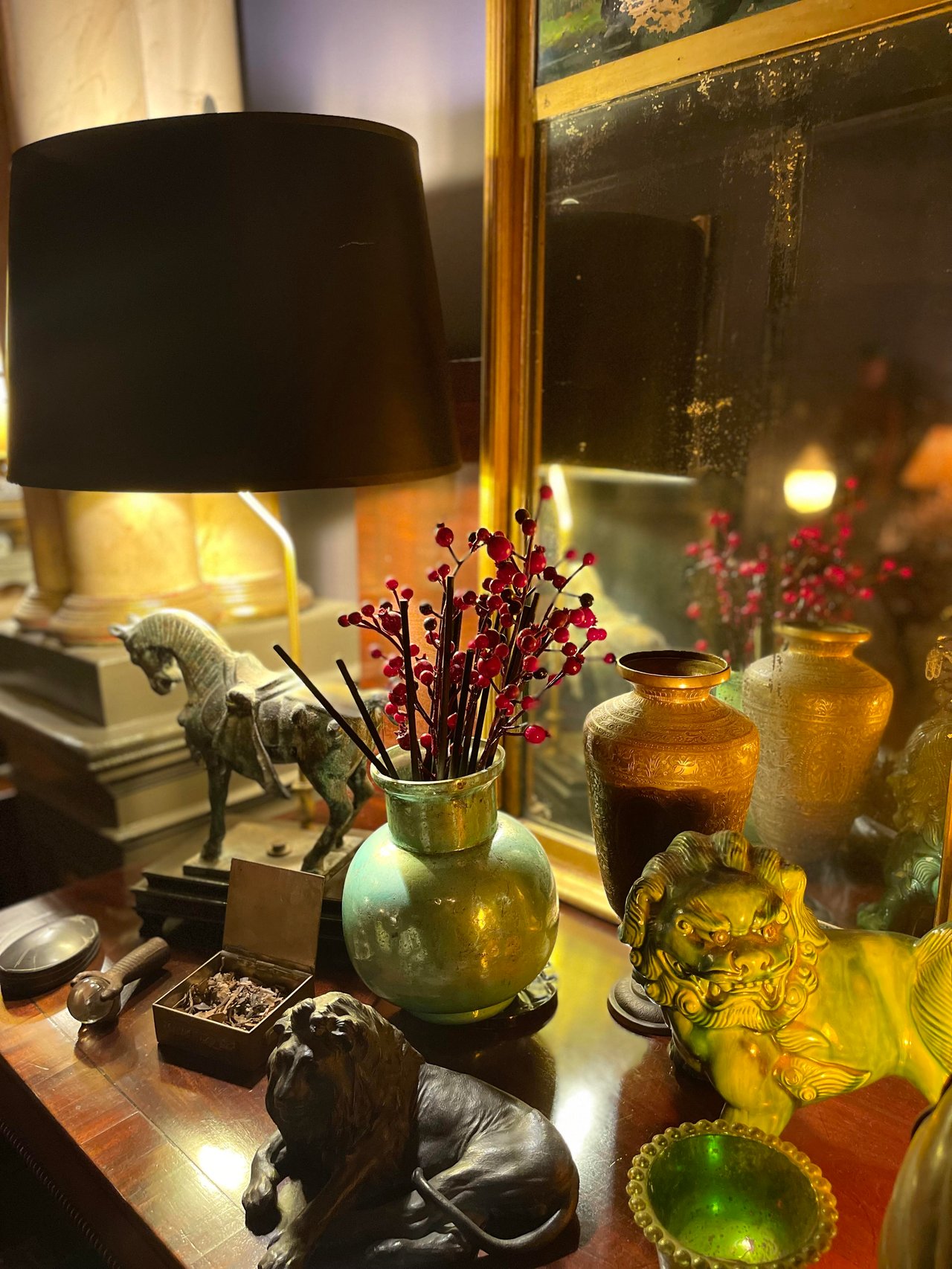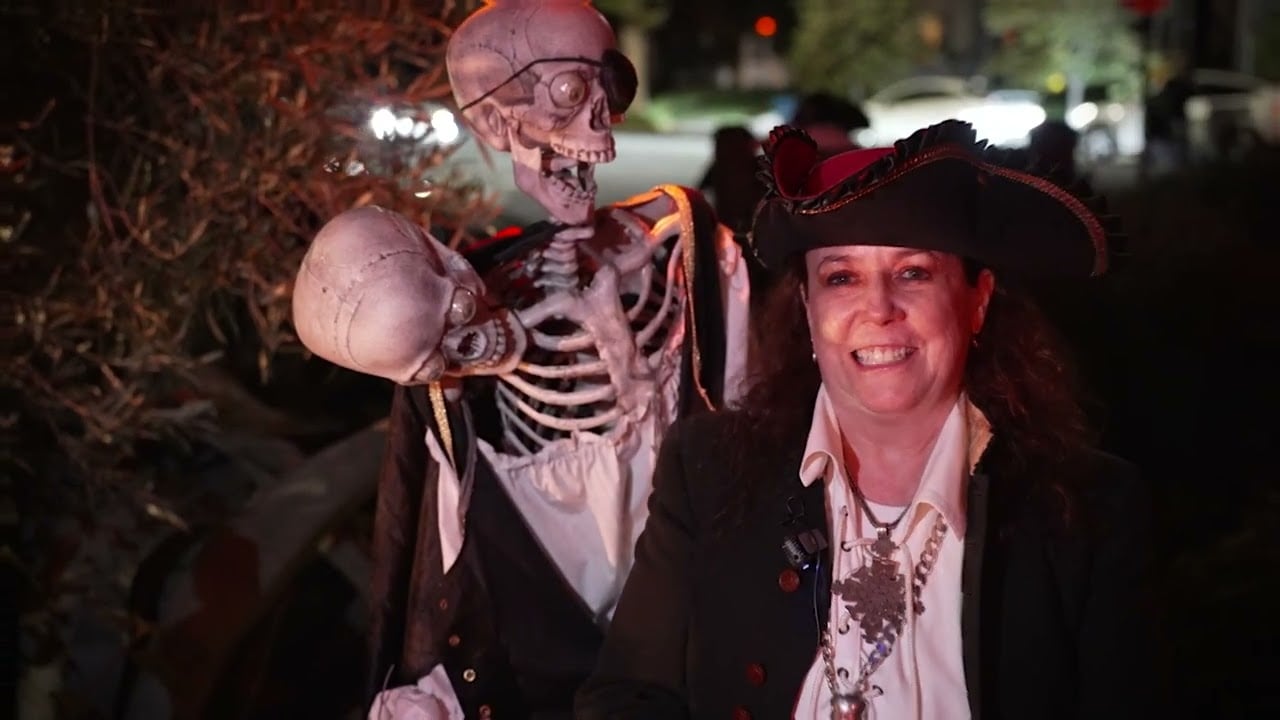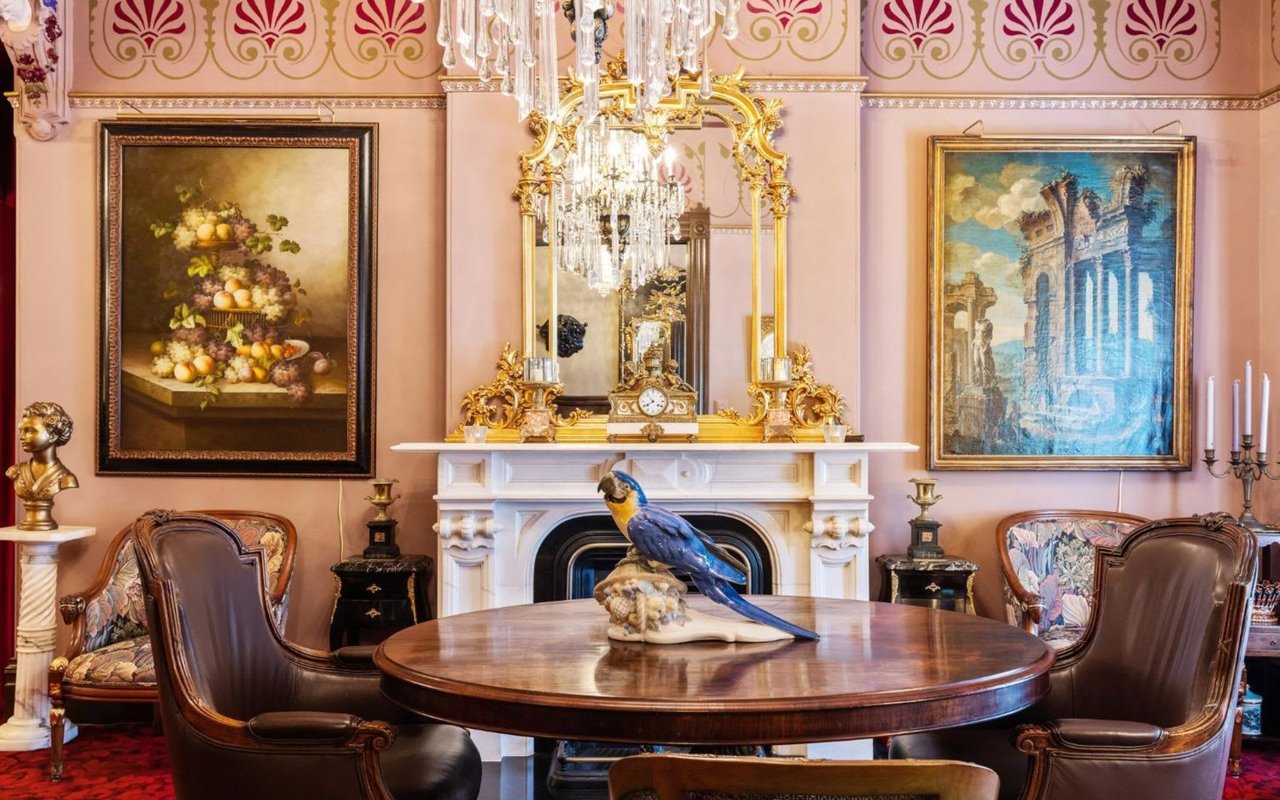The architectural landscape of San Francisco, California, is a tapestry woven with the contributions of visionary builders and architects whose work has stood the test of time. Among these influential figures are Robert Cranston and Hugh Keenan, whose partnership in the late 19th century left an indelible mark on the city, particularly in the iconic Haight-Ashbury district. Their designs, characterized by the distinctive Queen Anne style, not only shaped the neighborhood’s aesthetic but also played a significant role in its cultural evolution.
The Origins of Cranston and Keenan
Robert Cranston
Robert Cranston’s journey to becoming a prominent figure in San Francisco’s architectural scene began far from the city’s foggy hills. Born in Canada in July 1849 to Scottish parents, Cranston’s early years were rooted in the craftsmanship and building traditions of his Scottish heritage. In 1870, Cranston married and soon after emigrated to the United States, where he settled in San Francisco. Initially working as a carpenter, Cranston’s ambition and skill quickly propelled him into the world of architecture and building. By 1889, he was not just constructing houses but was also recognized as an architect-builder, a title that underscored his dual expertise in both designing and erecting structures.
Hugh Keenan
Hugh Keenan, Cranston’s future partner, hailed from one of the six counties that make up present-day Northern Ireland. Born in 1845, Keenan also made his way to the United States in 1866. After marrying in New York, Keenan moved to San Francisco, where he established himself as a skilled builder and architect. His dedication to the craft was evidently passed down to the next generation, with two of his children following in his footsteps to become successful builders in their own right.
Their Partnership
By 1891, Cranston and Keenan had formed a partnership that would leave a lasting legacy on San Francisco’s architectural landscape, particularly in the Haight-Ashbury and NOPA districts — an area that would later become synonymous with counterculture and artistic expression in the 1960s. Hippies were known to inhabit and paint the Victorians in elaborate paint schemes.
Building the Haight-Ashbury: A Neighborhood Transformed
The Haight-Ashbury district, now famous for its association with the hippie movement and cultural icons like the Grateful Dead and Janis Joplin, was once a relatively undeveloped area with affordable lots, making it an ideal location for ambitious builders like Cranston and Keenan. The duo’s work in this district is notable not only for its architectural significance but also for the role it played in shaping the neighborhood’s identity.
One of Cranston and Keenan’s early collaborative projects was located at the northeast corner of Page and Ashbury Streets, where they constructed a series of homes at 1542, 1544, 1546, 1548, and 1550 Page Street in 1891. These homes, designed initially as large, single-family residences, featured the elaborate detailing and ornate facades characteristic of the Queen Anne style.
Over time, many of these grand homes were subdivided into multiple apartments, making them accessible to a broader range of residents. This transformation played a crucial role in the demographic and cultural shift that the Haight-Ashbury district experienced in the 1960s, as affordable housing options attracted a vibrant community of artists and musicians. Their spacious interiors and adaptable layouts provided the perfect canvas for the creative energy that would later define the neighborhood.
One of Cranston and Keenan’s early collaborative projects was located at the northeast corner of Page and Ashbury Streets, where they constructed a series of homes at 1542, 1544, 1546, 1548, and 1550 Page Street in 1891. These homes, designed initially as large, single-family residences, featured the elaborate detailing and ornate facades characteristic of the Queen Anne style.
Over time, many of these grand homes were subdivided into multiple apartments, making them accessible to a broader range of residents. This transformation played a crucial role in the demographic and cultural shift that the Haight-Ashbury district experienced in the 1960s, as affordable housing options attracted a vibrant community of artists and musicians. Their spacious interiors and adaptable layouts provided the perfect canvas for the creative energy that would later define the neighborhood.
The Queen Anne Legacy
Cranston and Keenan's use of the Queen Anne style, which they employed in many of their designs, became a hallmark of their work in San Francisco. This architectural style is characterized by its ornate and eclectic aesthetic. Key features include asymmetrical facades, steeply pitched roofs, turrets, wraparound porches, and intricate woodwork. The style often incorporated a variety of materials, such as brick, stone, carved plaster, and wood shingles, creating a textured and visually dynamic appearance.
Cranston and Keenan’s Queen Anne homes stand as enduring examples of this style, blending elegance with a sense of whimsy. Notable examples of their work include the homes at 1269 McAllister Street (1887) and 1114-16 Fulton Street (1890), both of which remain iconic fixtures in San Francisco’s architectural heritage. These homes are now subdivided into apartments but retain much of their original charm. The Broadrick Row, between Fulton an McAllister is the most complete Victorian row in the city, encompassing both sides of the street.
In 1893, Cranston and Keenan expanded their influence in the Haight-Ashbury district by constructing 449 and 459 Ashbury Street. The home at 459 Ashbury, in particular, has retained its distinctive Queen Anne elements, showcasing the pair’s commitment to craftsmanship and detail. While some of their buildings have undergone changes over the years, such as stuccoing over original details at 449-51 Ashbury, many of their creations have been preserved in near-original condition, serving as a testament to their lasting impact on the city’s architectural landscape.
Cranston and Keenan’s Queen Anne homes stand as enduring examples of this style, blending elegance with a sense of whimsy. Notable examples of their work include the homes at 1269 McAllister Street (1887) and 1114-16 Fulton Street (1890), both of which remain iconic fixtures in San Francisco’s architectural heritage. These homes are now subdivided into apartments but retain much of their original charm. The Broadrick Row, between Fulton an McAllister is the most complete Victorian row in the city, encompassing both sides of the street.
In 1893, Cranston and Keenan expanded their influence in the Haight-Ashbury district by constructing 449 and 459 Ashbury Street. The home at 459 Ashbury, in particular, has retained its distinctive Queen Anne elements, showcasing the pair’s commitment to craftsmanship and detail. While some of their buildings have undergone changes over the years, such as stuccoing over original details at 449-51 Ashbury, many of their creations have been preserved in near-original condition, serving as a testament to their lasting impact on the city’s architectural landscape.
Resilience and Preservation: Surviving the 1906 Earthquake
One of the most remarkable aspects of Cranston and Keenan’s legacy is the resilience of their buildings, many of which survived the devastating 1906 earthquake and subsequent fire that ravaged San Francisco. Among the survivors is a Queen Anne Victorian on Masonic Avenue, which Cranston and Keenan built. This home was listed on the market in 2020 for over $3.2 million and is a powerful reminder of the duo’s work.
The Cranston-Keenan Influence on Modern San Francisco Real Estate
Today, Robert Cranston and Hugh Keenan's influence can still be felt in the San Francisco real estate market. Because of their timeless design and historical significance, their homes continue to be highly sought after by buyers and investors. The unique combination of architectural beauty and historical value makes these properties particularly appealing in a city where real estate is both competitive and prestigious.
Meanwhile, the Haight-Ashbury district remains one of San Francisco’s most iconic neighborhoods. The area’s blend of historical charm and cultural vibrancy continues to attract residents who appreciate the character and uniqueness of its architecture. As the city evolves, the preservation and appreciation of Cranston and Keenan’s work serve as a reminder of the importance of maintaining San Francisco’s architectural heritage.
Meanwhile, the Haight-Ashbury district remains one of San Francisco’s most iconic neighborhoods. The area’s blend of historical charm and cultural vibrancy continues to attract residents who appreciate the character and uniqueness of its architecture. As the city evolves, the preservation and appreciation of Cranston and Keenan’s work serve as a reminder of the importance of maintaining San Francisco’s architectural heritage.
Explore San Francisco Real Estate with Bonnie Spindler
The legacy of Robert Cranston and Hugh Keenan is woven into the very fabric of San Francisco, and their contributions to the city’s architectural landscape continue to inspire admiration and respect. If you’re interested in exploring the historic homes and unique properties that define San Francisco real estate, Bonnie Spindler is the expert you need by your side. With extensive market knowledge and a deep appreciation for the city’s architectural heritage, Bonnie Spindler offers personalized service to buyers, sellers, and investors looking to make their mark in San Francisco.
*Header image courtesy of Bonnie Spindler
*Header image courtesy of Bonnie Spindler
